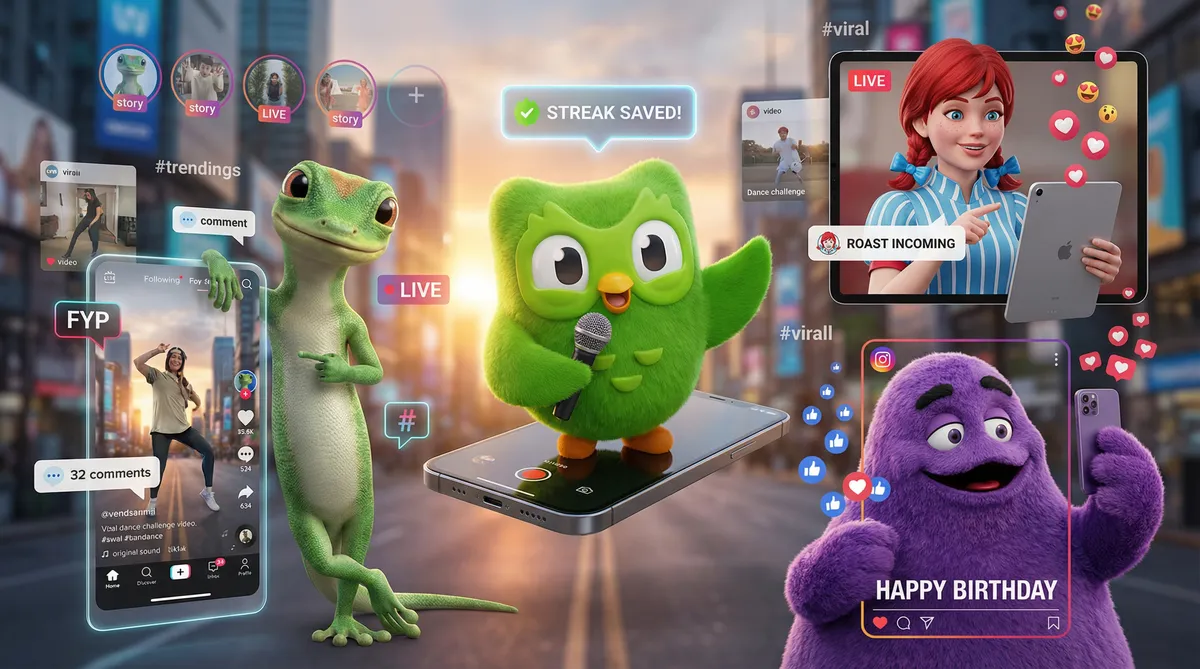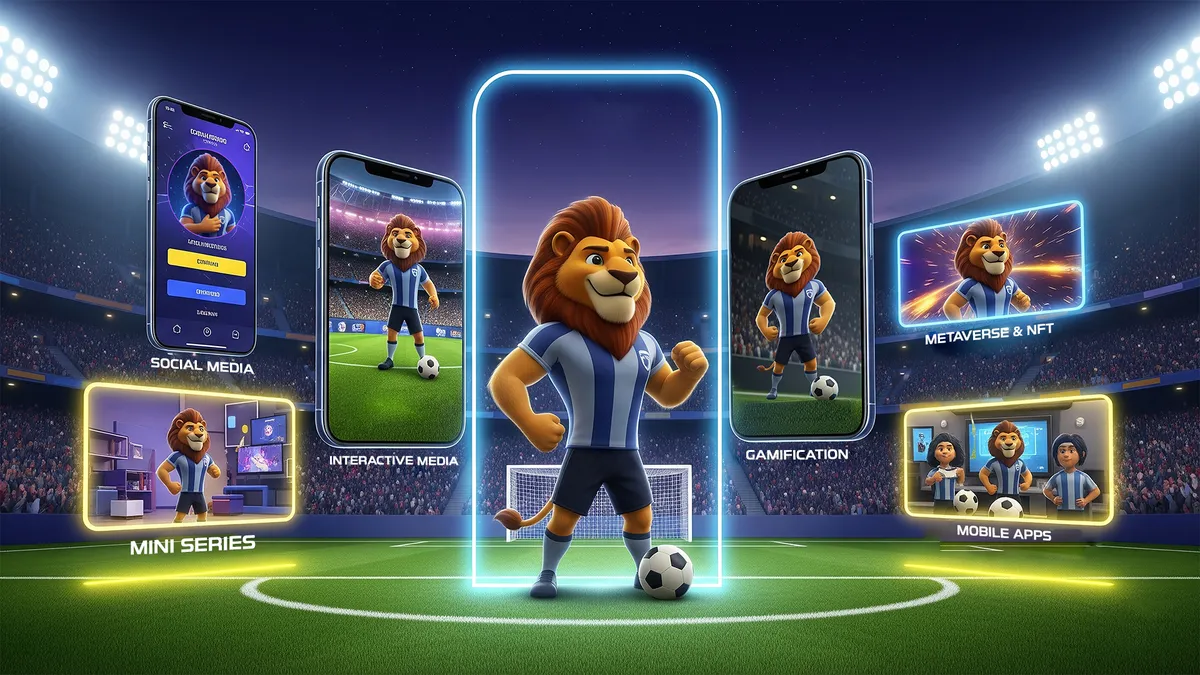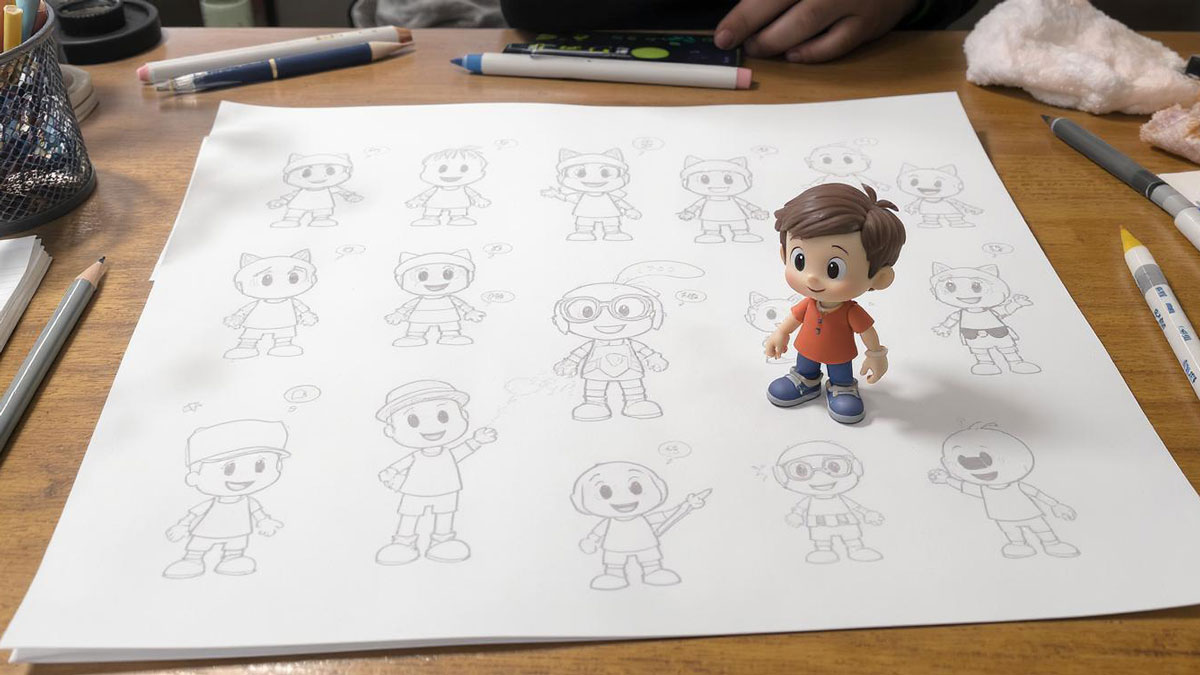
- Start With Character Types
- Anthropomorphic Mascot Ideas
- Realistic Human Characters: Your Brand, in Human Form
- Fantasy or Altered Human Characters: The Mascot with a Twist
- Mythical or Fantasy Creatures: Ancient Legends, Modern Brand Power
- Robots: Precision, Personality, and the Human Side of Tech
- Non-Anthropomorphic Animal Characters: Raw Emotion, Pure Symbolism
- Stylized or Cartoon Human Characters: Expression, Energy, and Design-Led Identity
- Alien Characters: Strangers with Vision, Curiosity, and Charm
- Virtual or Digital Characters: Born Online, Built to Perform
- How to Choose the Right Mascot Idea for Your Brand
- Let’s Build Your Brand’s Iconic Character Together
Looking for the perfect mascot idea? You’re in the right place.
Choosing a brand mascot isn’t just about picking something cute—it’s about finding a character that represents who you are. To ensure your ideas are on the right track, it helps to have a clear definition of what brand mascots are and what they do for a business. Something that clicks with your audience and tells your story without saying a word.
But let’s be honest: finding that “perfect” mascot idea can feel overwhelming. That’s why we’ve organized this guide around different character types—from animals and robots to magical humans and digital beings.
Whether you’re building a new brand or refreshing an old one, this list will help you find the spark that fits.
Start With Character Types
By exploring mascot ideas through well-defined character categories, you can quickly narrow your creative focus. Each type—whether it’s an anthropomorphic animal, a magical human, or a digital human—carries its own emotional weight, cultural references, and narrative potential.
This article walks you through those character types—one by one—showing you how they can work for different kinds of brands and audiences.
You’ll get inspired. You’ll get examples. And most importantly, you’ll get closer to discovering the mascot idea that’s not just “cool,” but right for your brand.
Every brand is different. These ideas are just a starting point—the real magic happens when we analyze your business and design a mascot that’s built just for you.
Let’s start where most mascot journeys begin—with characters that look almost human… but aren’t.
Anthropomorphic Mascot Ideas
When people think “mascot,” this is usually where their minds go first—and for good reason.
Anthropomorphic characters—animals, objects, or machines with human-like traits—are some of the most iconic, flexible, and emotionally engaging mascots in brand history. They smile, speak, walk upright, and sometimes even wear hats. Why does it work so well?
Because humanizing non-human things makes them more relatable, more memorable, and more emotionally sticky.
From the Travelodge Sleepy Bear to M&M’s candy characters, anthropomorphic mascots can carry humor, warmth, intelligence, or even sarcasm, depending on what your brand needs.
Psychologically, they hit the sweet spot: familiar enough to feel safe, different enough to stand out. They’re especially effective for brands that want to inject personality into otherwise cold or technical offerings.
In this section, we’ll explore subcategories of anthropomorphic mascots—from animals and foods to machines and abstract ideas—each with brand-fit advice and inspiration to help you find your next big character idea.
Anthropomorphic Animals: Classic with a Twist
Animal mascots work across generations and cultures because they blend emotion with familiarity. But in a world full of tigers, dogs, and bears, the challenge isn’t just choosing an animal—it’s choosing the right one and using it in a way that tells your story.
Here are fresh concept directions within this mascot subtype—each tailored to distinct brand needs, audience emotions, and business categories.
1. The Tech Octopus
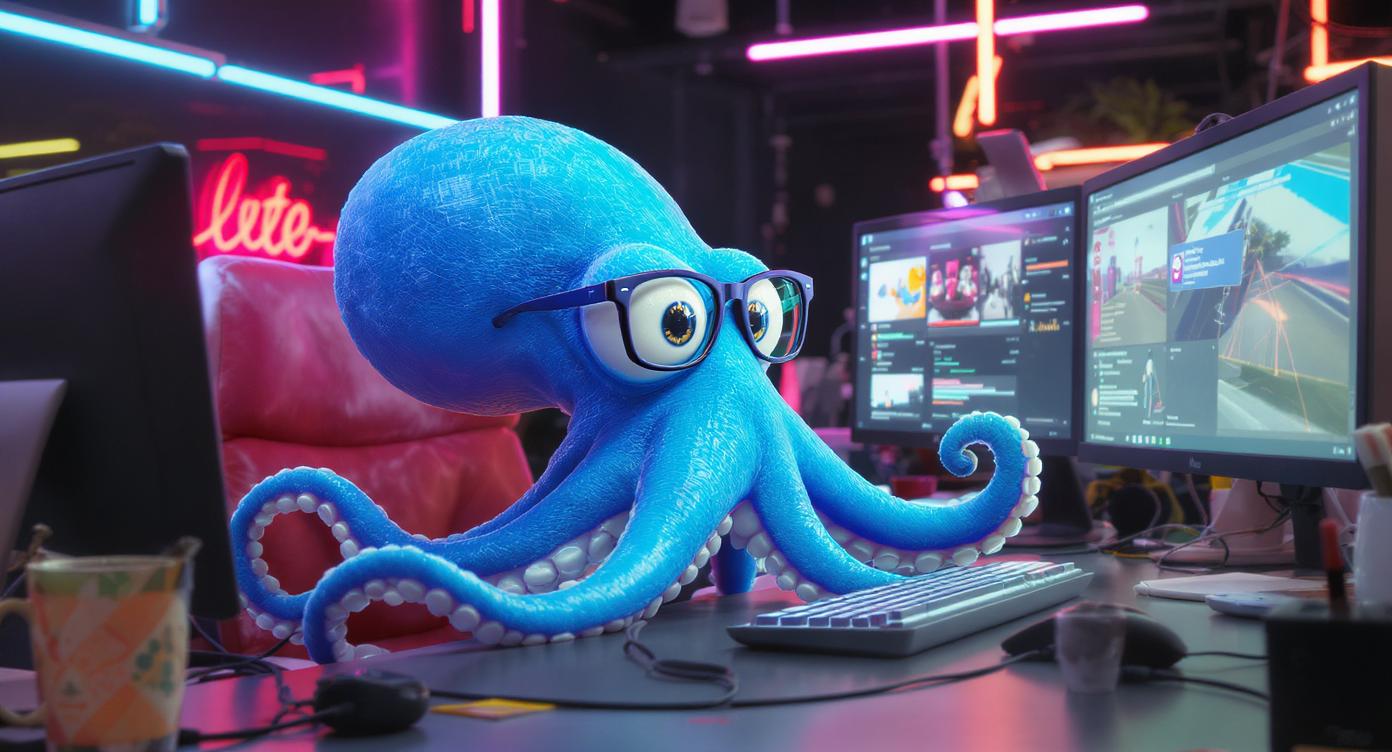
Concept: An intelligent octopus operating multiple interfaces, screens, or gadgets—symbolizing flexibility, multitasking, and rapid execution.
Business Fit: SaaS tools, productivity platforms, AI assistants, systems integrators
Strategic Use: Each arm can represent a feature, service, or workflow—visually reinforcing your brand’s capability and speed.
2. The Climbing Mountain Goat
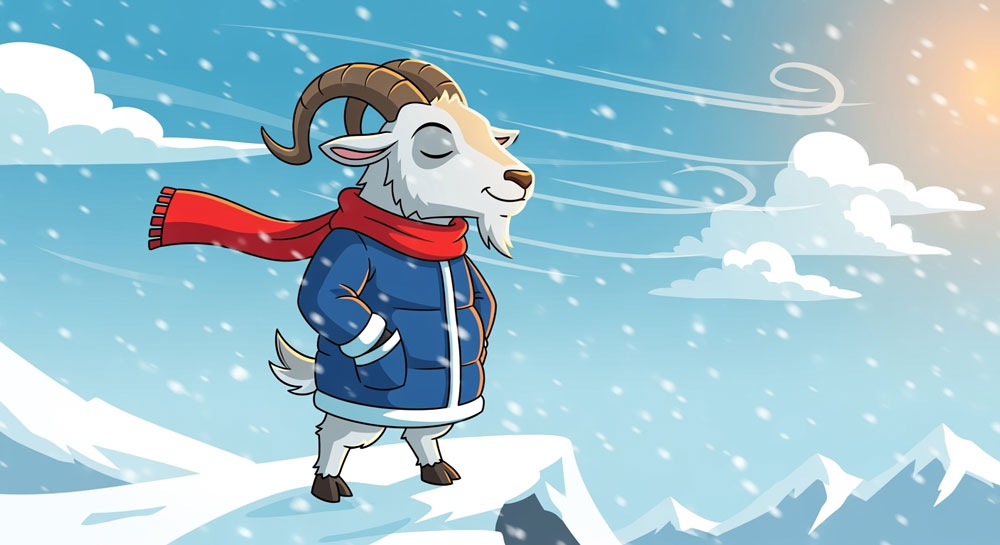
Concept: A determined goat scaling jagged cliffs, facing wind and snow with calm confidence—built for metaphor.
Business Fit: Financial coaching, investment platforms, mountaineering gear, mental toughness courses
Strategic Use: Appeals to high-performers and brands focused on overcoming obstacles, risk management, and resilience.
3. The Sarcastic Cat
Concept: A laid-back, unbothered cat with sharp wit—offering life advice, social commentary, or cheeky product tips.
Business Fit: Mental health apps, Gen Z-focused wellness, lifestyle blogs, subscription boxes
Strategic Use: Breaks away from polished brand voices. Works well on social media with a blend of humor and realism.
4. The Gentle Elephant
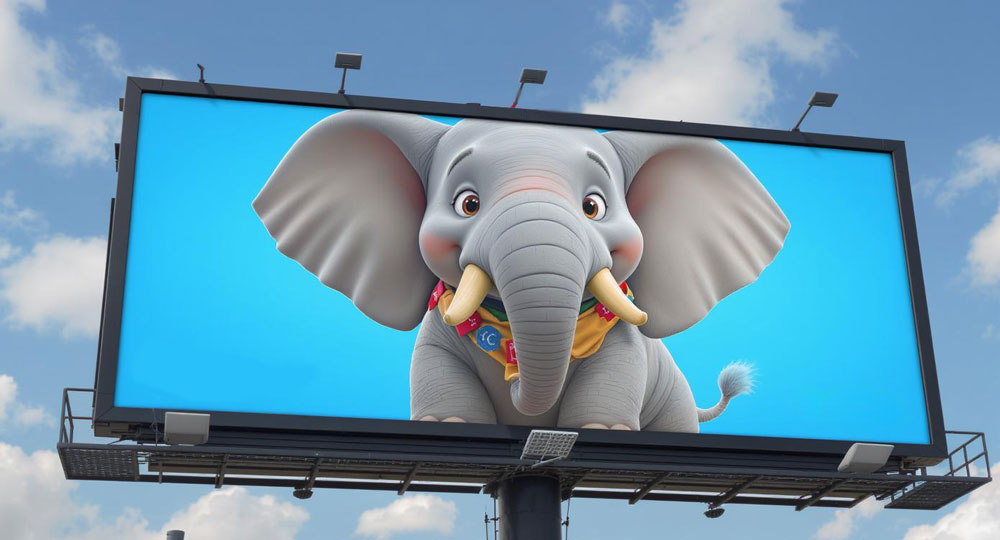
Concept: A massive but slow, kind figure—never forgets details, always shows up calm and steady.
Business Fit: Insurance, caregiving platforms, elder-tech products, legal services
Strategic Use: Evokes protection, memory, and trust. Ideal for brands that need to lower stress or fear during onboarding or decision-making.
5. The Baby Bird in Training
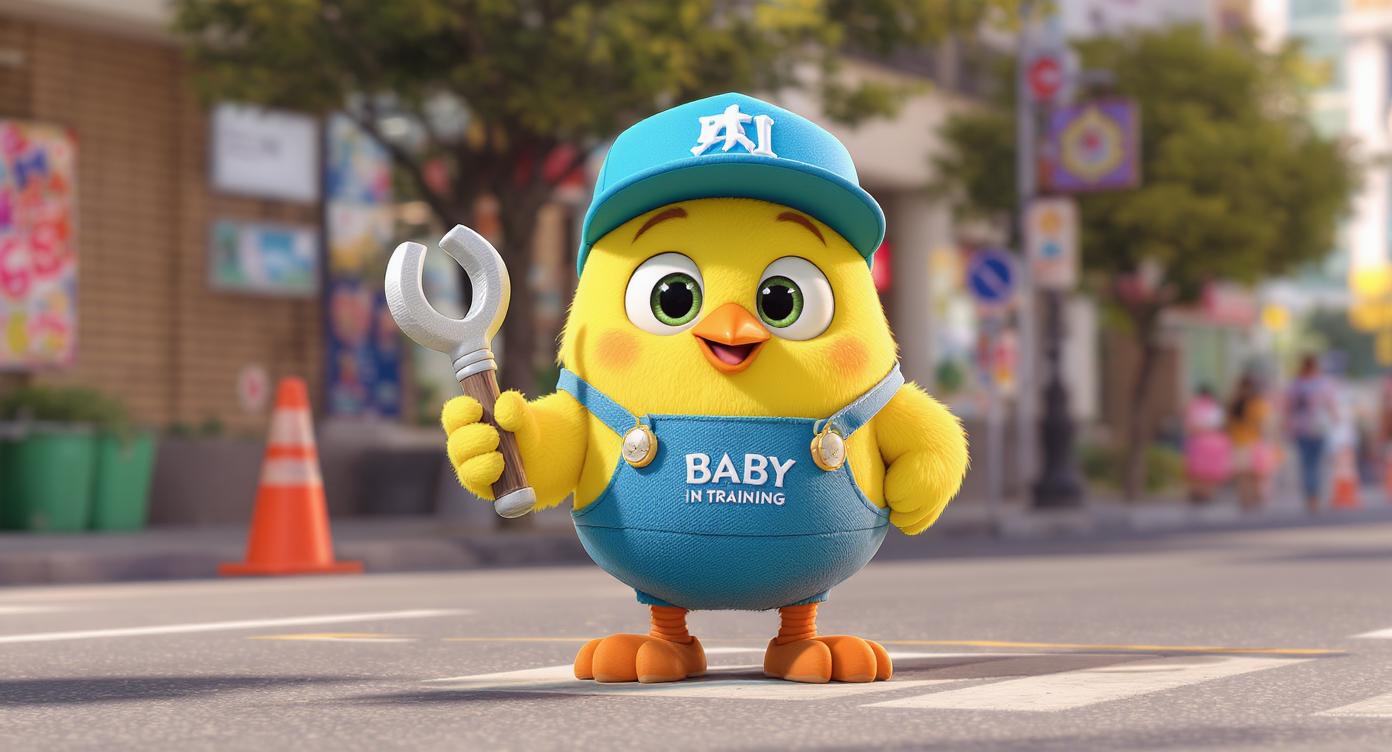
Concept: A young bird trying, failing, and learning—grows stronger as it interacts with the user.
Business Fit: EdTech, coaching, onboarding flows, self-development products
Strategic Use: Great metaphor for user journeys. Can evolve with customer progress, building emotional momentum and brand stickiness.
6. The Expressive Frog
Concept: A kinetic, music-loving frog with exaggerated gestures and animated movement—perfect for bold visuals.
Business Fit: Youth entertainment, streetwear, short-form video apps, snack brands
Strategic Use: Combines energy with personality. Appeals to Gen Z and brands operating in fast, competitive content spaces.
Real-World Examples
Tony the Tiger (Kellogg’s)
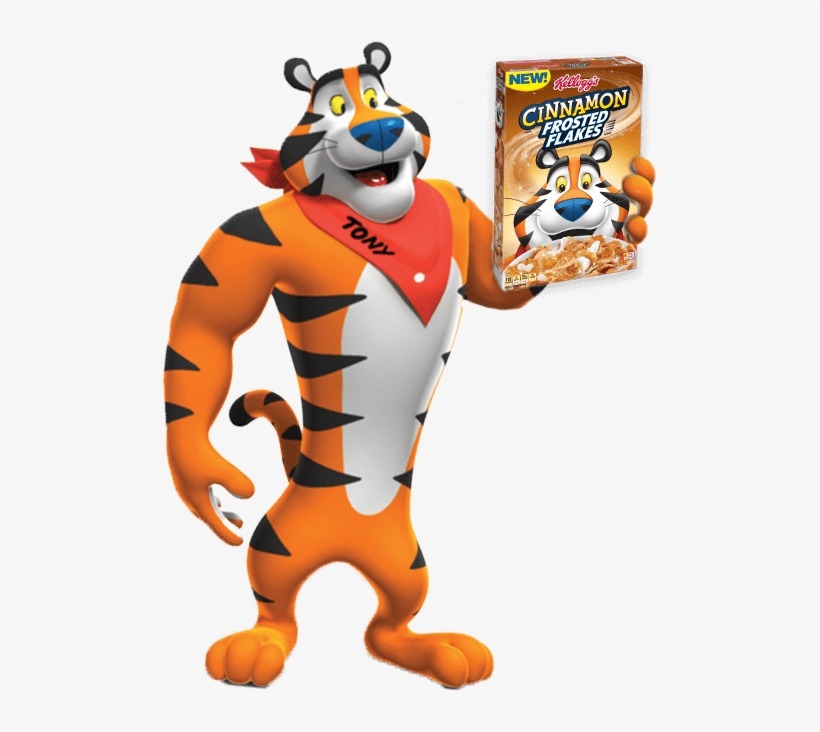
- Industry: Breakfast cereal
- Use: Motivates kids and families with enthusiasm and athleticism; represents strength and energy in a highly saturated market.
GEICO Gecko
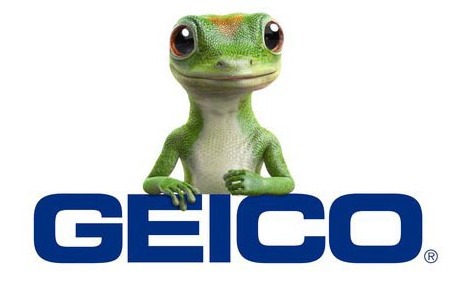
- Industry: Insurance
- Use: Builds trust with a friendly, witty personality that disarms the complexity and coldness of insurance decisions.
Why It Works
Anthropomorphic animals give brands access to personality without the baggage of human identity. They’re easier to scale globally, can express exaggerated emotions, and can be reimagined endlessly across platforms—from billboards to TikTok animations.
When well-designed, they can embody intelligence, humor, protection, or rebellion—depending on the animal and behavior you choose. The trick isn’t just “cute.” It’s emotionally on-brand.
Anthropomorphic Objects: Everyday Things with Personality
Objects brought to life are one of the most playful and effective types of mascots. They turn the ordinary into something emotional, surprising, and memorable. Whether it’s a light bulb with ideas, a walking coffee cup, or a dancing delivery box, anthropomorphic objects take functional items and transform them into story-driven characters.
Why does this work? Because personification makes the intangible feel relatable. It turns your product, service, or concept into a living figure—one that can express brand tone, teach, entertain, or build trust.
Below are fresh, creative object-based mascot ideas, complete with strategic use cases and brand-fit examples.
1. The Talking Calendar
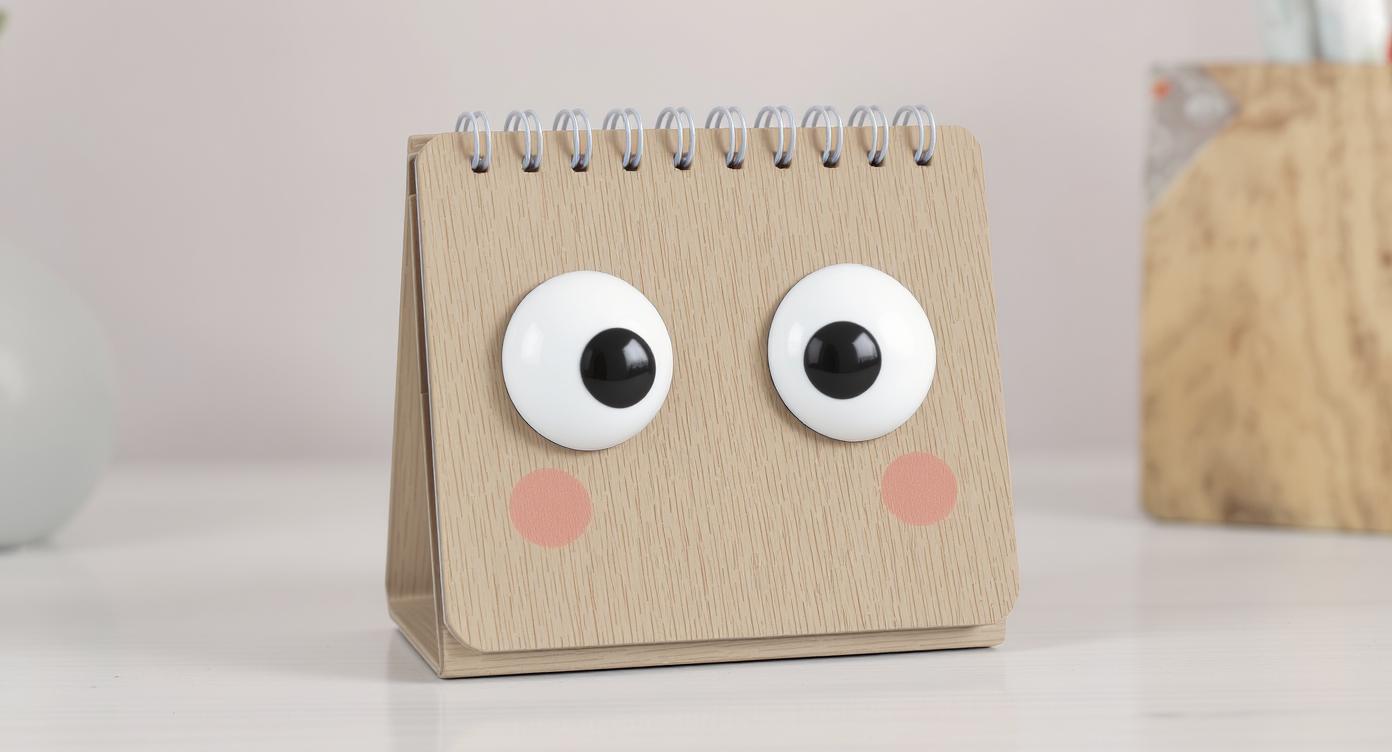
Concept: A desk calendar that flips its own pages, taps its pencil, and helps users stay on track.
Business Fit: Productivity apps, project management tools, personal finance platforms
Strategic Use: Embodies time management and planning—great for B2B SaaS or personal coaching products.
2. The Dancing Power Plug
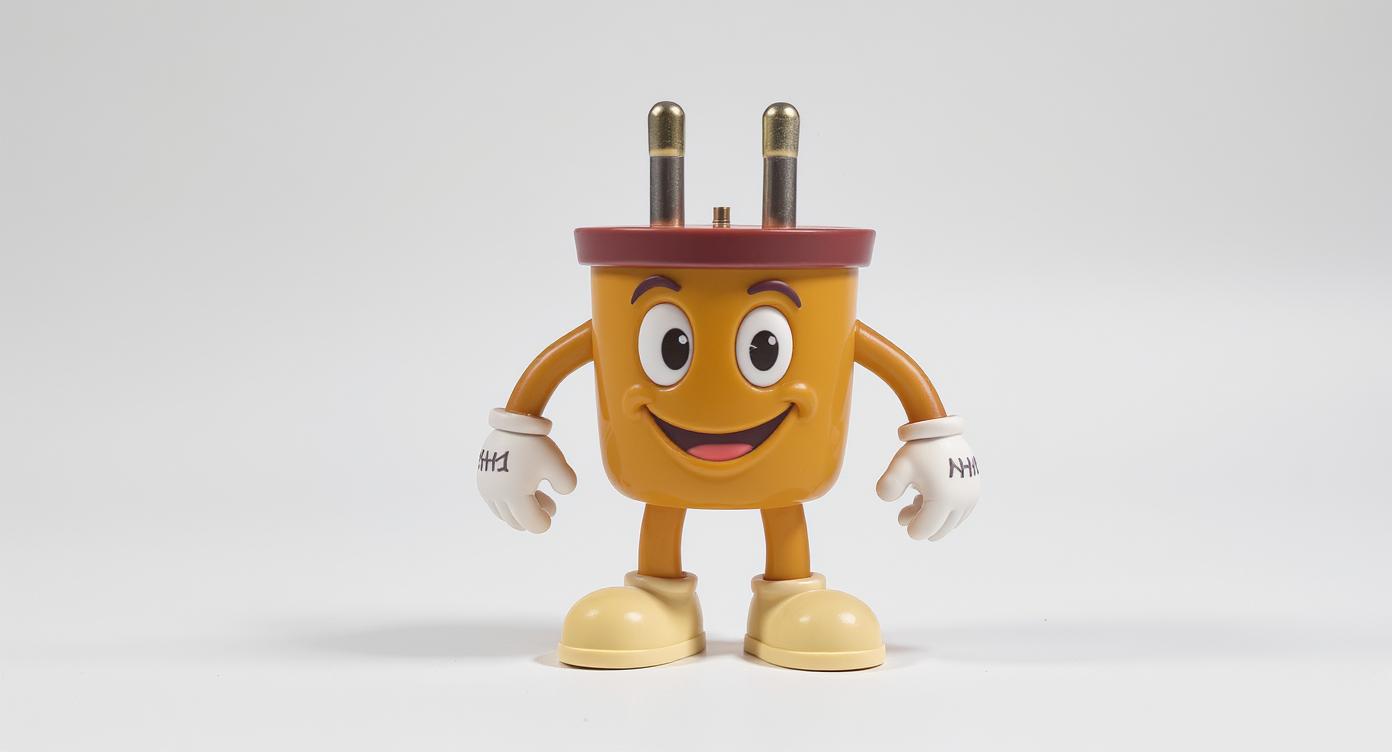
Concept: A power cord or outlet with arms, legs, and attitude—always “charging up” everything it touches.
Business Fit: Smart home products, green energy brands, hardware startups, coworking spaces
Strategic Use: Can symbolize energy, empowerment, or digital transformation. Flexible in animation and interactivity.
3. The Overworked Coffee Cup
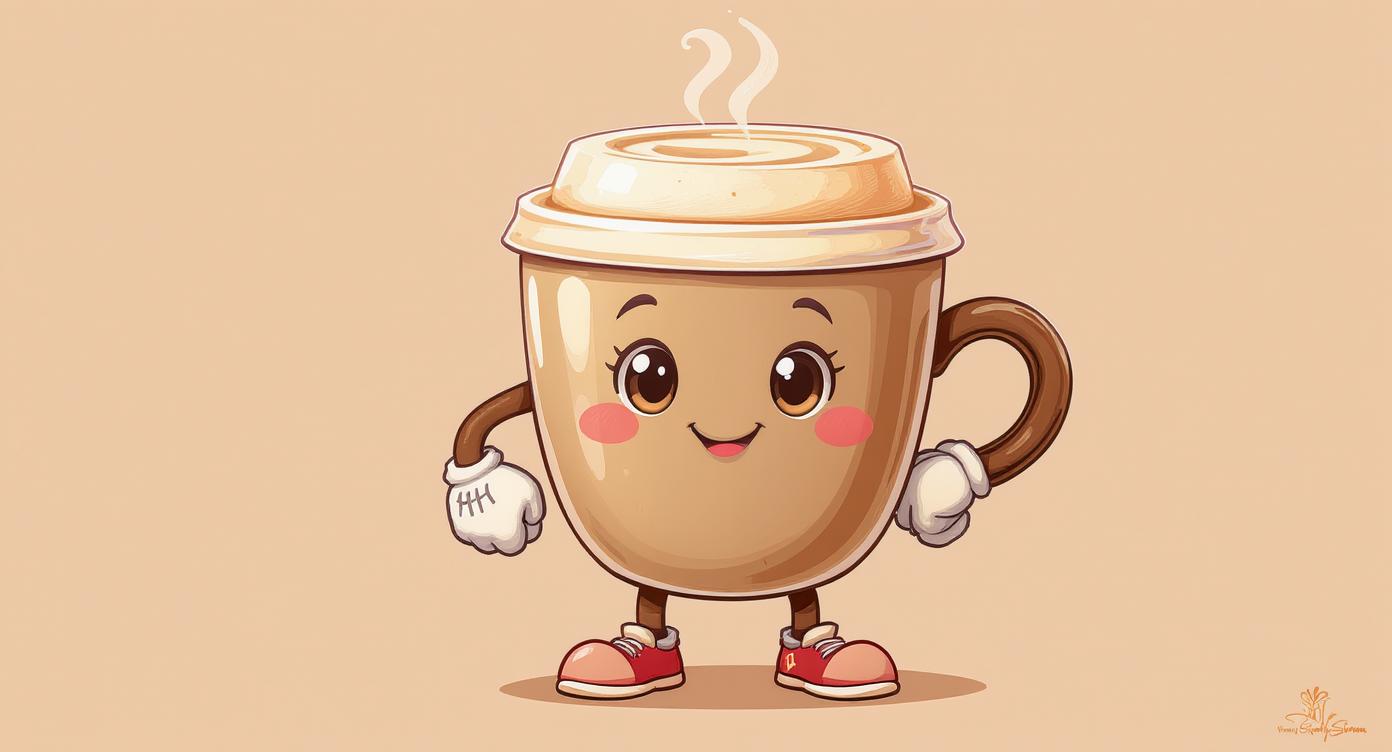
Concept: A jittery, half-awake coffee cup dealing with meetings, deadlines, and to-do lists.
Business Fit: Office software, freelance platforms, remote work brands
Strategic Use: A humorous lens on work culture. Relatable for burned-out professionals and hustle-heavy startup users.
4. The Whispering Lightbulb
Concept: A glowing lightbulb that doesn’t just shine—it listens, advises, and quietly sparks ideas.
Business Fit: AI tools, writing software, innovation consultancies, educational content
Strategic Use: Represents inspiration and ideation. A non-intrusive but ever-present brand presence.
5. The Curious Delivery Box
Concept: A cardboard package that can’t sit still—peeking open, exploring the world, reacting to what’s inside.
Business Fit: E-commerce, subscription services, unboxing brands
Strategic Use: Adds surprise and delight to logistics or shipping-heavy brands. Great for animated explainers and motion graphics.
Real-World Examples
M&M’s Characters
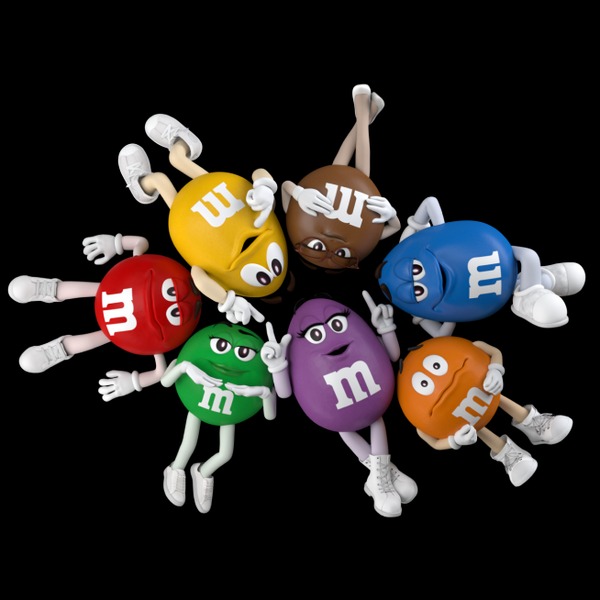
- Industry: Confectionery
- Use: Each candy has a unique personality—anxious, cocky, sarcastic—making the product human and entertaining across campaigns.
Why It Works
Anthropomorphic objects are powerful because they bridge the gap between product and user. They let brands build empathy around otherwise abstract, static, or technical ideas. When done right, they offer humor, metaphor, and surprise—without needing backstory or deep lore.
They’re ideal for brands that want to:
- Humanize digital interfaces or platforms
- Make “boring” tools feel engaging
- Build a strong motion-based or animated identity
- Inject subtle humor or self-awareness into serious industries
Anthropomorphic Plants or Nature Elements: Alive, Grounded, and Symbolic
When brands want to express growth, sustainability, balance, or harmony, nature-based mascots come into play. Anthropomorphic plants, trees, weather elements, or natural forces bring an organic, grounded tone to your brand—and they can carry deep emotional and symbolic weight.
Unlike animals or machines, these characters don’t usually rely on movement or action. Instead, they evoke moods: calm, resilience, renewal, protection, or even transformation. This makes them ideal for brands focused on wellness, education, environmental impact, or lifestyle alignment.
Below are creative mascot ideas within this sub-type—each adaptable to motion graphics, static visuals, or interactive brand ecosystems.
1. The Curious Sapling
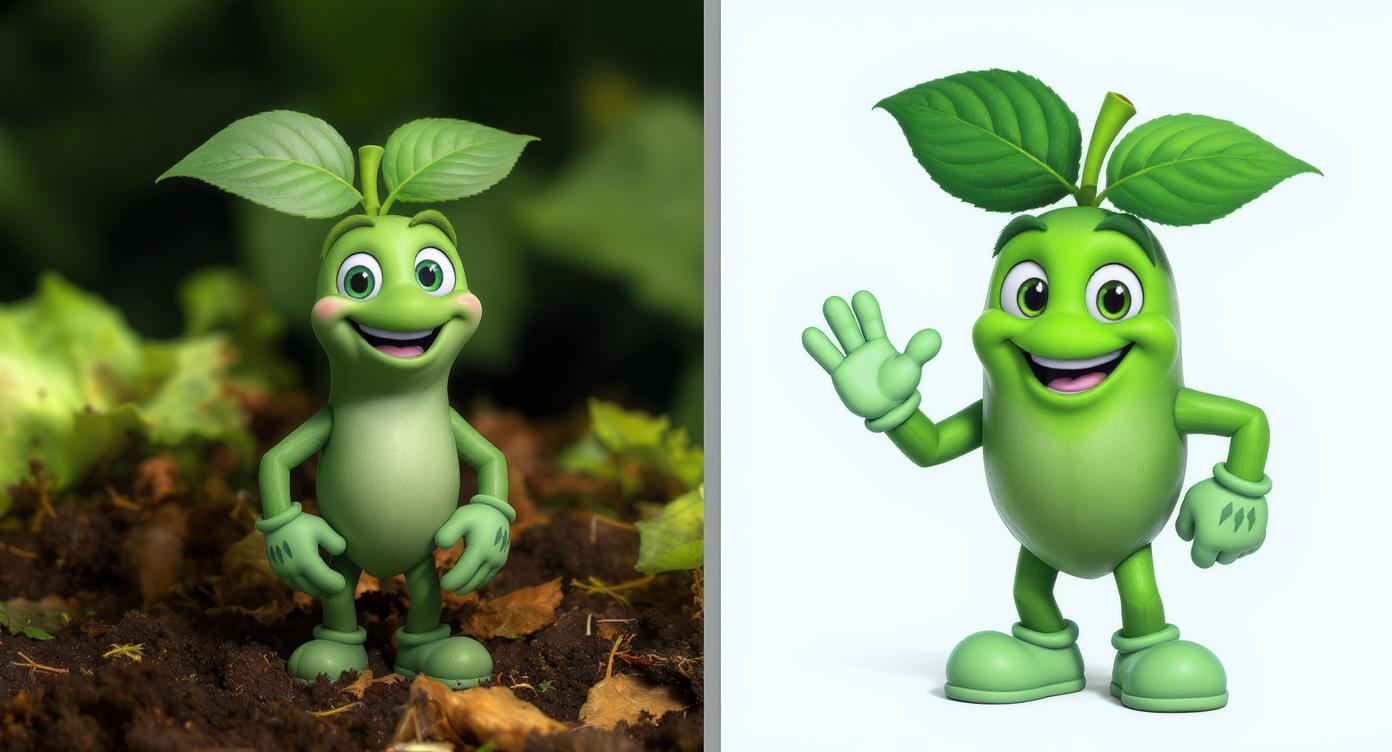
Concept: A young plant with eyes and gentle gestures—growing visibly over time as it gains knowledge or energy from the environment.
Business Fit: Education, eco-conscious products, health and wellness platforms
Strategic Use: Embodies growth, learning, and the customer journey. Can visually evolve in user onboarding flows or milestone celebrations.
2. The Grumpy Cloud
Concept: A reactive weather mascot that changes mood with the day—sunny, stormy, confused, or focused.
Business Fit: Mental health, mindfulness apps, climate tech, productivity tools
Strategic Use: Metaphor for emotions, mindset, or adaptability. Adds personality to abstract states and daily routines.
3. The Dancing Leaf
Concept: A playful leaf that moves with the wind, interacts with others, and adapts to seasonal change.
Business Fit: Sustainable fashion, organic foods, seasonal product lines
Strategic Use: Communicates agility, lightness, or eco-awareness. Strong visual for dynamic branding and product variation.
4. The Stoic Mountain
Concept: A grounded, slow-speaking mountain that barely moves—but always sees everything and offers perspective.
Business Fit: Financial planning, meditation, life coaching, legacy brands
Strategic Use: Represents stability, longevity, and quiet wisdom. Ideal for premium, serious-toned branding.
5. The Sparkling Water Droplet
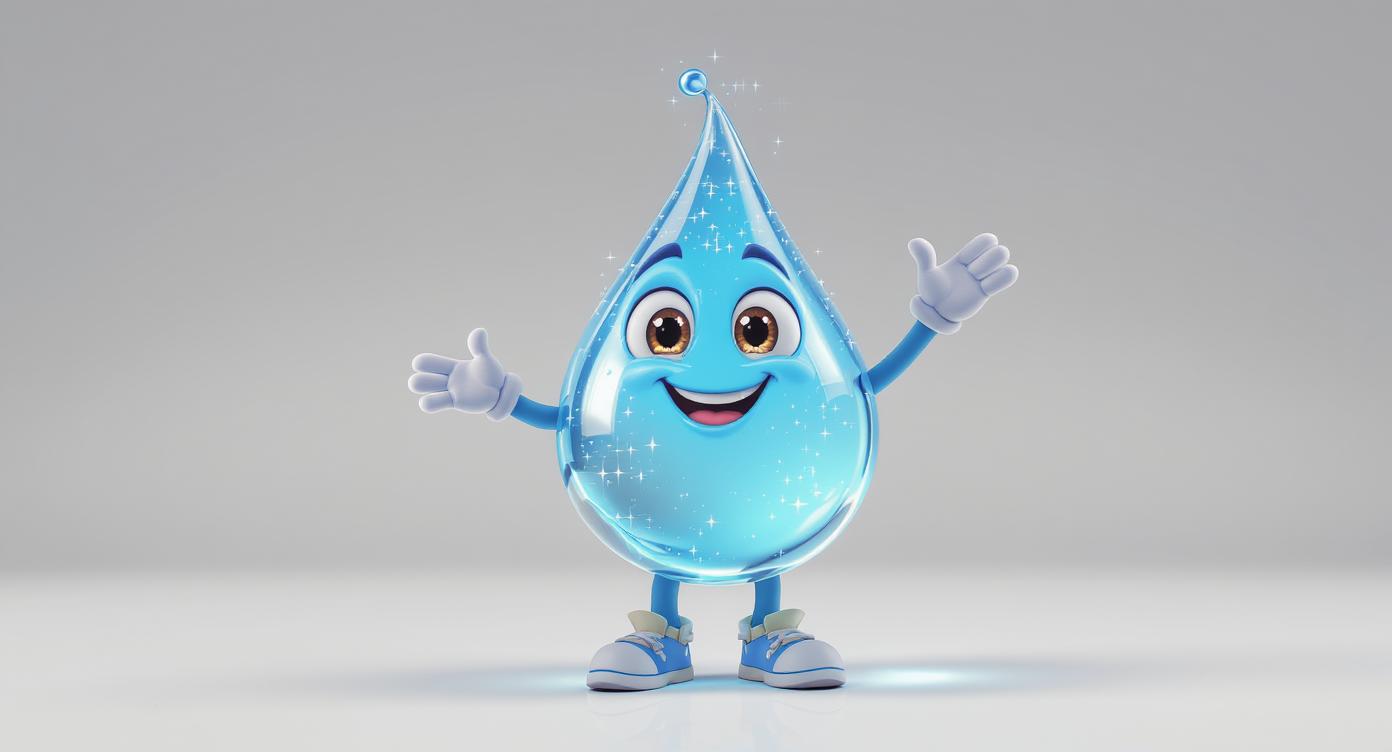
Concept: A curious droplet bouncing from place to place—learning from its environment, sometimes splitting into new forms.
Business Fit: Clean energy, water filtration, eco-innovation startups
Strategic Use: Combines science with emotion. Easily adapted to educational animations or explainer content.
Real-World Examples
Green Giant
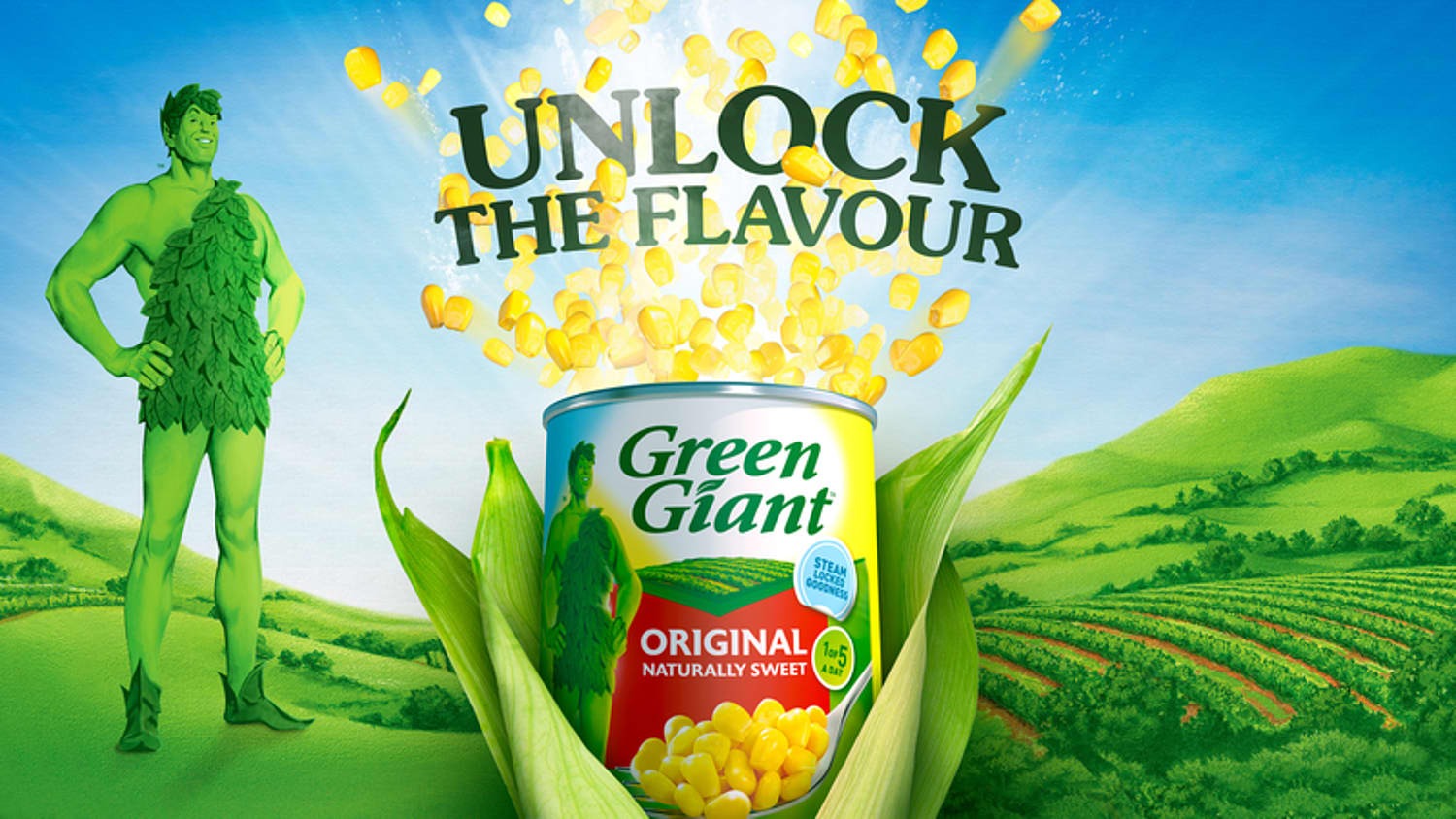
- Industry: Packaged vegetables and frozen foods
- Use: Symbolizes abundance, health, and natural strength. One of the oldest and most recognizable plant-based mascots in U.S. branding.
Why It Works
Nature-based mascots tap into universal emotional themes—growth, decay, change, renewal. They’re especially effective for:
- Brands that position themselves as natural, trustworthy, or holistic
- Businesses that want a slow, calming visual rhythm instead of fast-twitch humor
- Products with seasonality, evolution, or sustainability baked into their identity
These mascots don’t need loud expressions or voiceovers. Their presence alone can quietly carry meaning—and make your brand feel timeless, ethical, and alive.
Anthropomorphic Mythical Creatures: Legends with Human Traits
When you want your brand to feel imaginative, symbolic, or larger-than-life, anthropomorphic mythical creatures are powerful tools. These mascots blend ancient archetypes with modern storytelling—offering emotional resonance and built-in narrative potential. And when you add human traits—like facial expressions, gestures, or speech—you get characters that are both familiar and fantastical.
These mascots tap into cultural memory. Dragons, centaurs, phoenixes—they’re characters we’ve seen in mythology, games, fantasy, and folklore. When applied to branding, they bring depth, power, and storytelling layers that regular characters can’t match.
Here are creative directions for brands that want to leverage this type:
1. The Empathetic Dragon
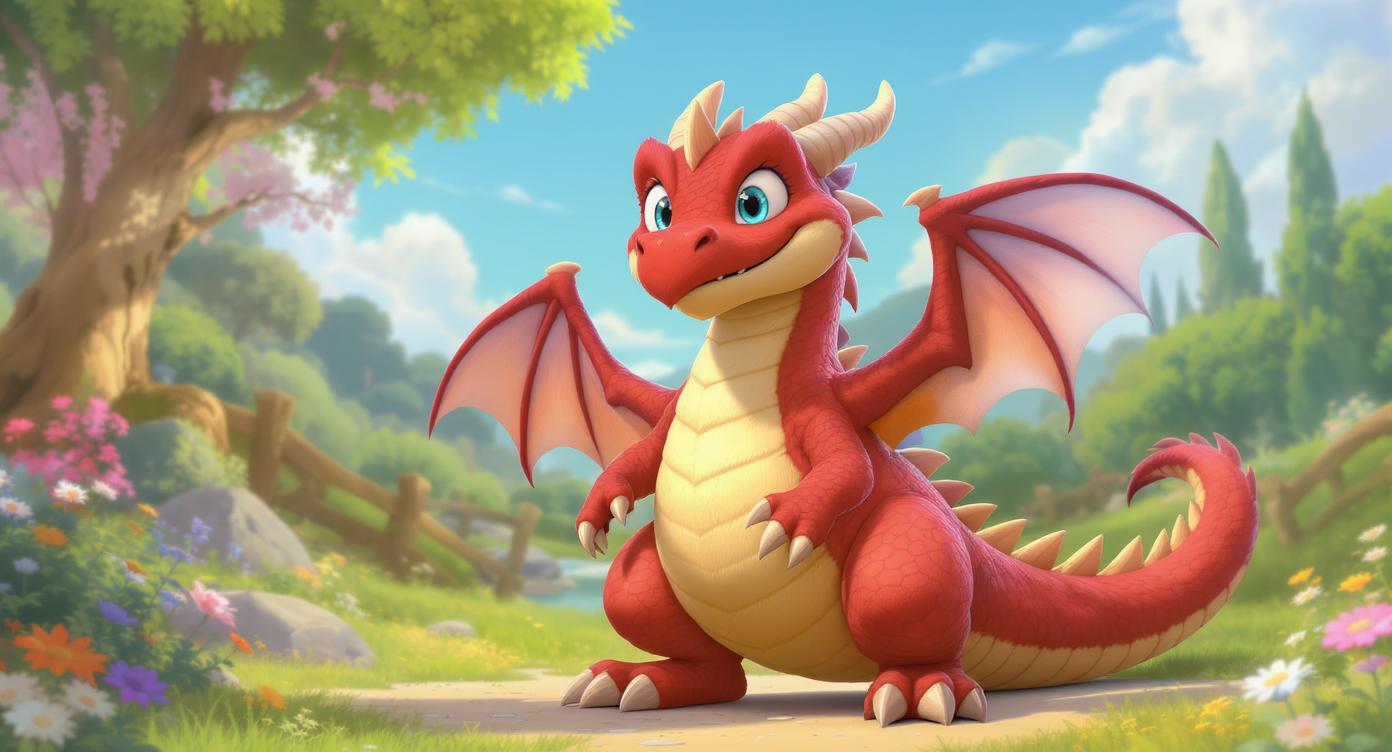
Concept: A gentle dragon that doesn’t hoard gold—it protects customers, teaches lessons, or helps navigate difficult terrain.
Business Fit: Cybersecurity platforms, personal finance apps, family protection services
Strategic Use: Flips the “scary dragon” trope. Combines strength with wisdom—ideal for brands that want to feel powerful and helpful.
2. The Mischievous Unicorn
Concept: A slick, confident unicorn who pops in and out of scenes—spreading creativity, shaking things up, or just challenging norms.
Business Fit: Creative tools, fashion, beauty, DTC lifestyle brands
Strategic Use: Unicorns are both rare and magical—this version targets brands that want to feel bold, youth-driven, or countercultural.
3. The Reformed Goblin
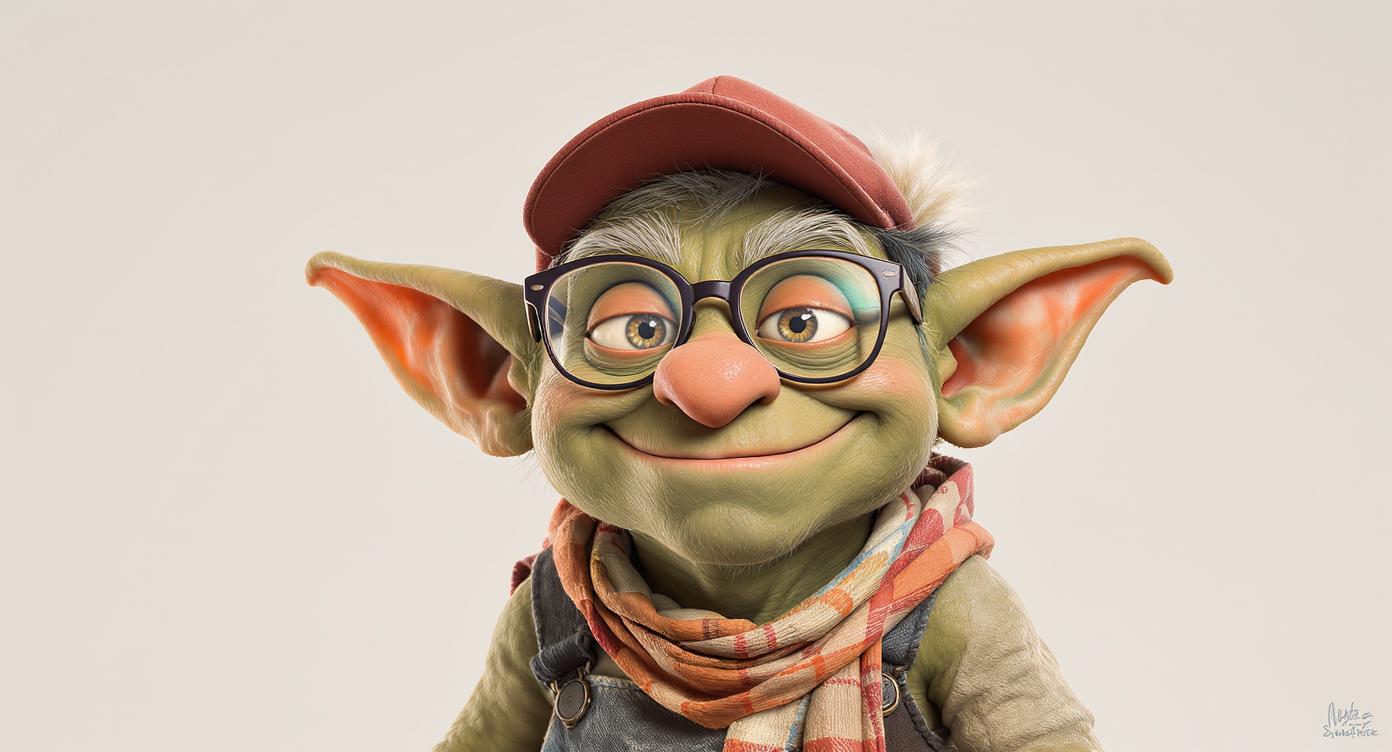
Concept: A former troublemaker now working for good—still snarky, but channeling energy into smart decisions.
Business Fit: Fintech, repair services, data-cleaning tools, sustainability apps
Strategic Use: A mascot that acknowledges chaos and transformation—useful for brands that help customers fix messy, overwhelming problems.
4. The Melancholy Angel
Concept: A thoughtful, winged figure that guides users gently, sometimes disappearing when no longer needed.
Business Fit: Mental health, grief support, journaling tools, non-profit orgs
Strategic Use: Adds emotional depth and empathy—without being overly saccharine. Great for reflective and healing-oriented brands.
5. The Inventive Centaur
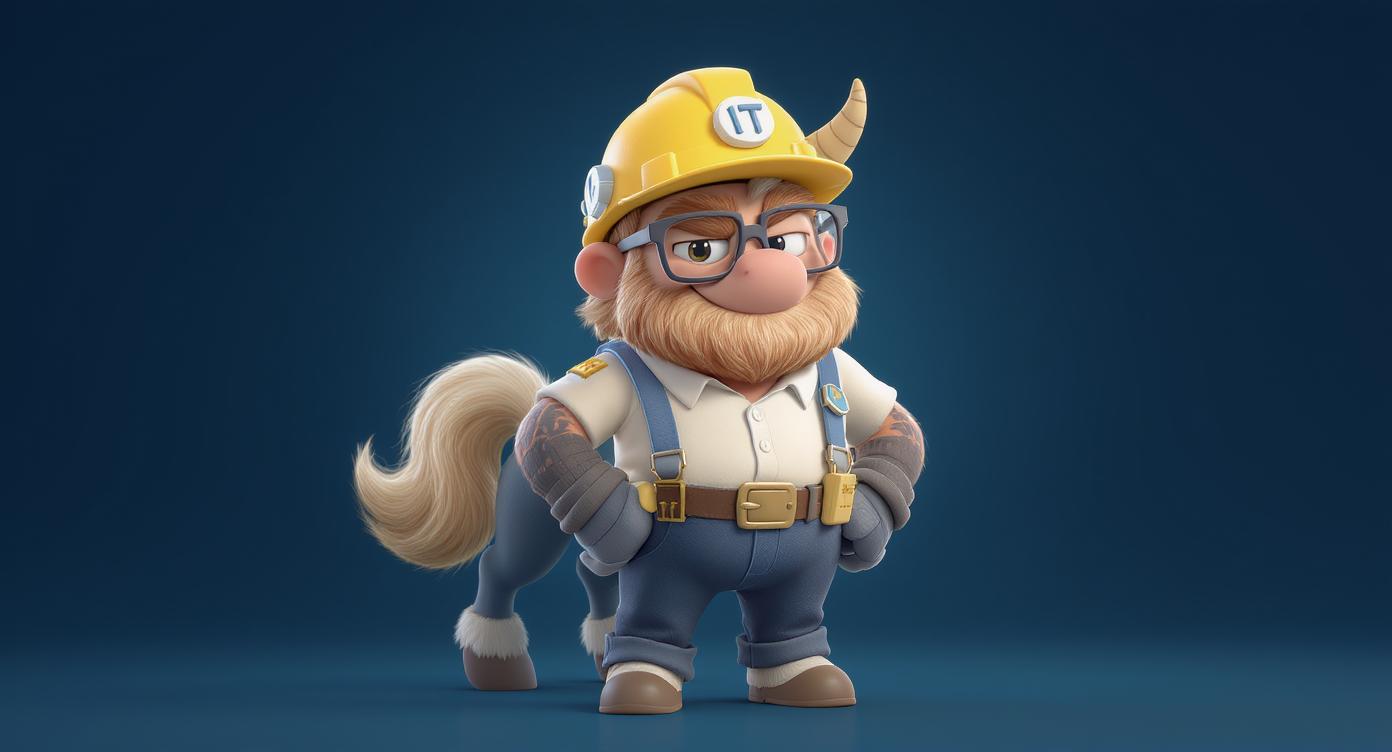
Concept: A logic-driven half-human, half-horse that invents, builds, or codes—but has a poetic side too.
Business Fit: EdTech, coding platforms, STEM toys, startup accelerators
Strategic Use: Represents balance—instinct meets intelligence, movement meets thought. Perfect for hybrid brand identities.
Real-World Examples
None of the major consumer brands use mythical anthropomorphic mascots widely, which makes this an opportunity. However:
Duolingo’s Owl (while not mythical) behaves like a magical guide
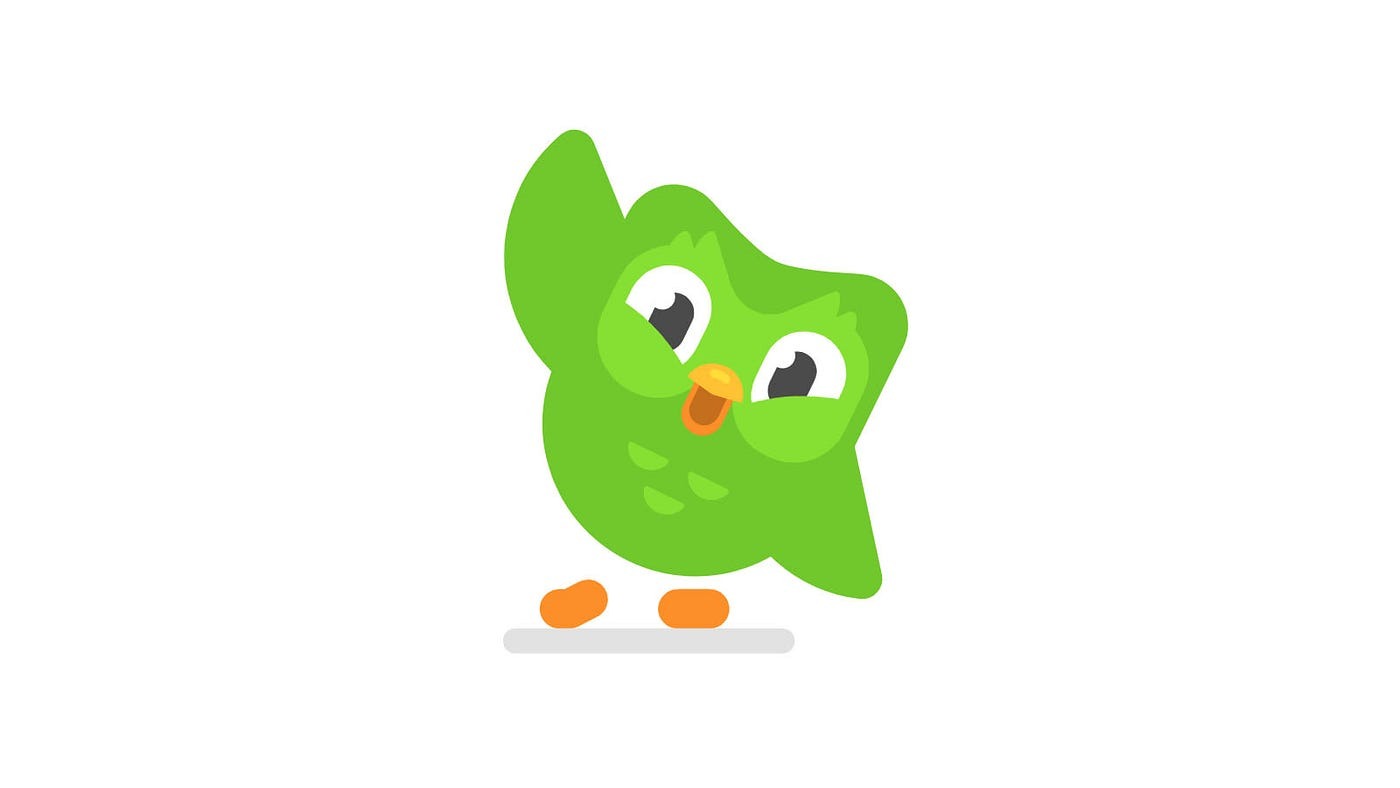
- Use: Pushes users toward growth with humor and mystery; feels omnipresent, like a digital familiar or sprite.
Why It Works
Mythical creatures let brands operate on a symbolic level. They’re especially effective for:
- Brands that challenge industry norms or position themselves as visionaries
- Companies that guide users through complex or emotional journeys
- Products that promise transformation, elevation, or rare experiences
These mascots are particularly effective in youth markets, wellness sectors, digital ecosystems, and anything that blends imagination with value.
Anthropomorphic Foods or Everyday Items: The Playful Familiar
Sometimes the most surprising mascots come from the most ordinary places. Giving human traits to everyday items—especially food, drink, or household objects—can create mascots that feel instantly accessible, quirky, and memorable. These characters turn the mundane into magic, making your product feel personal and alive.
Brands in fast-moving consumer goods (FMCG), lifestyle, and entertainment spaces often use this approach to boost recall, build emotional ties, and add personality to objects that might otherwise be forgettable.
Here are some fresh creative directions within this sub-type:
1. The Energetic Coffee Bean
Concept: A caffeine-fueled mascot who’s always on the move, bouncing through scenes, full of opinions and optimism.
Business Fit: Coffee brands, productivity tools, café chains, startup culture content
Strategic Use: A strong metaphor for energy, focus, and hustle. Visually dynamic and highly memeable across social media.
2. The Introverted Tea Bag
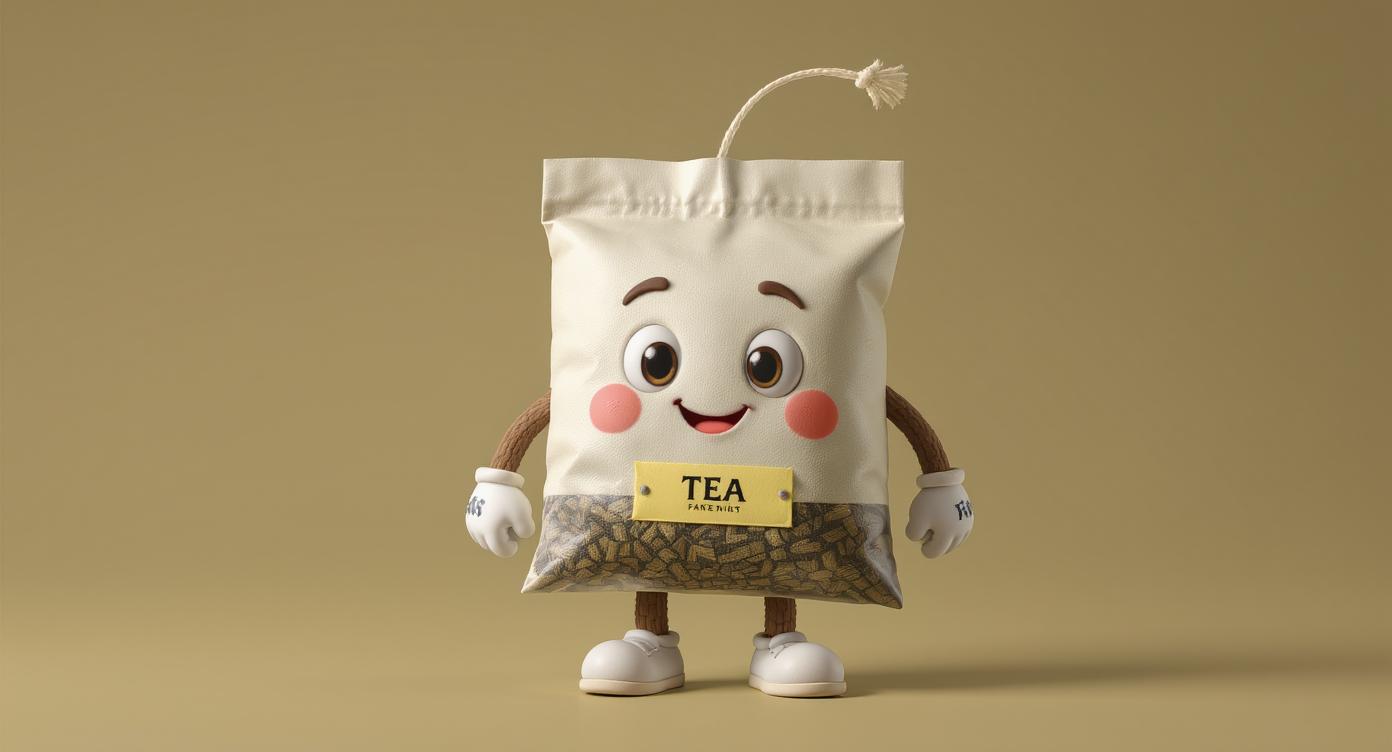
Concept: A calm, self-aware character that loves quiet spaces, journaling, and digital detoxes.
Business Fit: Wellness brands, herbal product lines, mindfulness platforms
Strategic Use: Represents calm and slow living. Perfect for contrast branding in overstimulated spaces like tech or social apps.
3. The Overconfident Toothbrush
Concept: A bristled character who acts like a rockstar—but actually just cares deeply about hygiene.
Business Fit: Oral care brands, kids’ hygiene products, health tech
Strategic Use: Humor + purpose. Helps create routine-based behavioral alignment (especially in child-focused content).
4. The Melting Ice Cream Cone
Concept: A lovable mess—melting quickly under pressure, but always trying to stay cool.
Business Fit: Frozen dessert brands, summer campaigns, lifestyle products
Strategic Use: Adds relatability, humor, and seasonal relevance. Engaging for Gen Z and meme culture audiences.
5. The Daydreaming Pencil
Concept: A doodling pencil who’s always lost in creative thought, scribbling ideas, or sketching nonsense.
Business Fit: Stationery brands, EdTech platforms, content creation tools
Strategic Use: Embodies imagination, imperfection, and the joy of making things. Great for playful educational messaging.
Real-World Examples
Kool-Aid Man
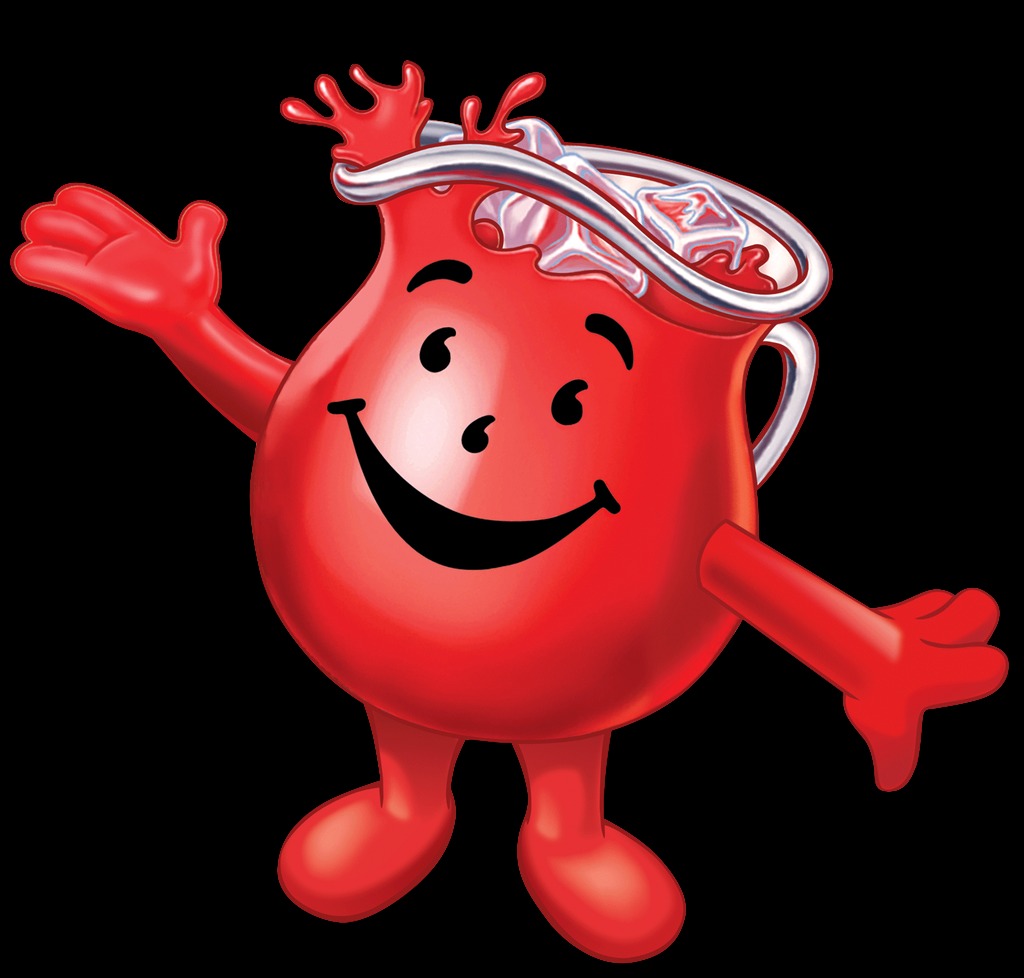
- Industry: Beverage
- Use: A literal pitcher of juice that bursts through walls yelling “Oh yeah!”—using absurdity and energy to capture attention and create viral recall.
Why It Works
Anthropomorphic food and object mascots are ideal when your product already lives in people’s hands, homes, or routines. They turn consumption into connection, and make it easier to:
- Spark joy and familiarity
- Insert subtle storytelling into product use
- Build mascots that fit packaging, POS, and social equally well
- Offer comic relief or brand levity in otherwise competitive markets
When paired with animation or expressive design, these mascots can become living content engines—ideal for bite-sized storytelling and brand-building.
Symbolic or Conceptual Anthropomorphism: Giving Form to Ideas
Sometimes your brand isn’t built around a product, creature, or object—it’s built around an idea. Growth. Balance. Time. Security. Justice. These are abstract concepts, but that doesn’t mean they can’t be visualized. In fact, turning a concept into a character is one of the most powerful branding tools available.
Symbolic or conceptual anthropomorphism gives human traits—faces, hands, emotions—to intangible forces. This type of mascot taps into metaphor, psychology, and culture all at once. It’s ideal for brands that want to stand for something bigger than the transaction.
Here are original concept ideas for this powerful, underused mascot style:
1. The Timekeeper
Concept: A character that embodies time—not a ticking clock, but a sentient being that moves at different speeds, sometimes racing, sometimes crawling.
Business Fit: Productivity platforms, time-tracking tools, scheduling apps, project management brands
Strategic Use: Personifying time gives you a visual storytelling hook and lets you dramatize urgency, flow, or procrastination in creative campaigns.
2. The Scale of Balance
Concept: A two-faced character—half rational, half emotional—constantly negotiating internal balance.
Business Fit: Mental wellness apps, financial advisors, nutrition or fitness coaching platforms
Strategic Use: Makes “balance” tangible and emotionally resonant. Can adapt to changing brand states (stress, calm, logic, desire).
3. The Digital Ghost
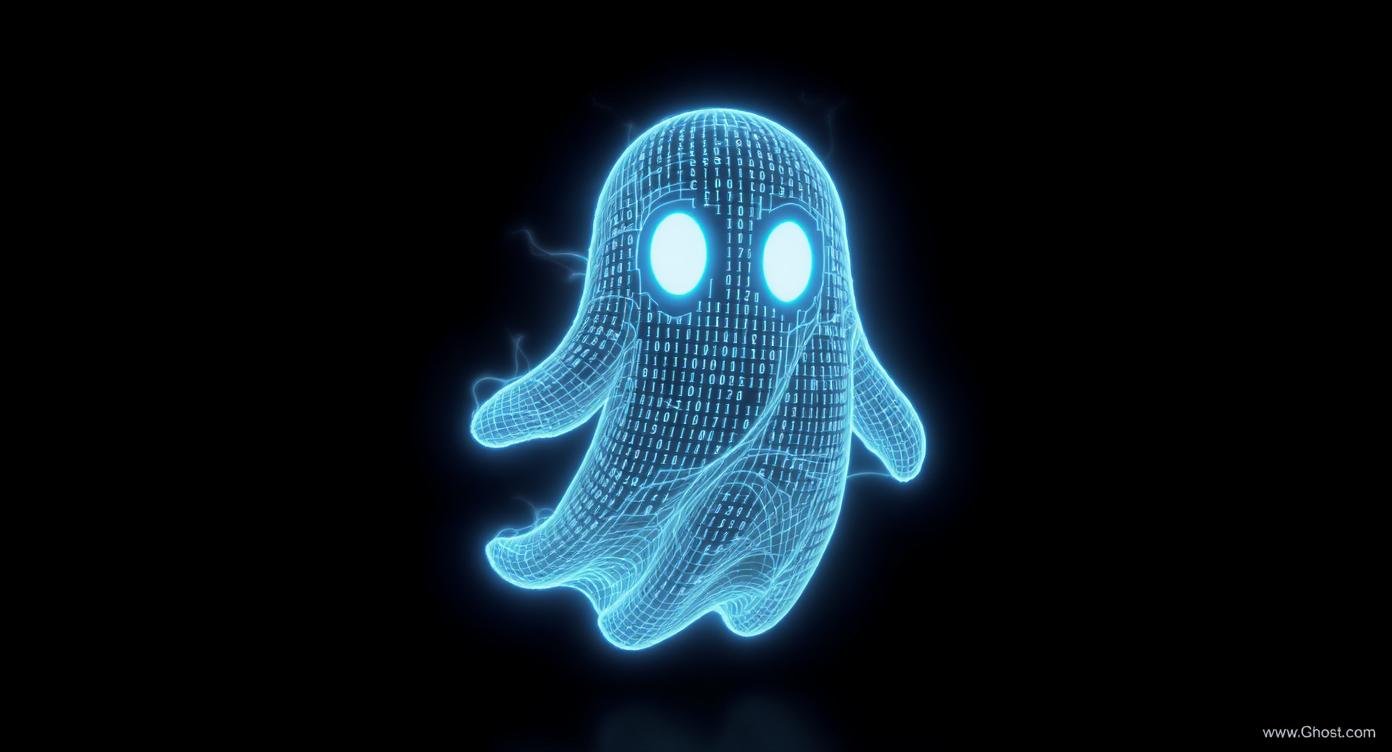
Concept: A glowing, ethereal character made of data streams—representing digital identity, privacy, or algorithms.
Business Fit: Cybersecurity, personal data vaults, algorithm transparency platforms, Web3 brands
Strategic Use: Embodies the invisible forces shaping online life. Adds mystery, relevance, and emotional weight to digital conversations.
4. The Growth Spirit
Concept: A translucent humanoid figure with roots for legs and stars for eyes—appearing differently for each user or moment.
Business Fit: Coaching platforms, educational ecosystems, transformation-focused brands
Strategic Use: Flexible symbol of evolution and aspiration. Works well in UX, onboarding, or gamified environments where growth is visible.
5. The Compass
Concept: A character that always knows the way—but asks you to choose the path. Speaks in questions, not commands.
Business Fit: Career services, life coaching, strategic consulting, non-profit orgs
Strategic Use: Invites interaction, decision-making, and user reflection. Builds trust by not being overly directive.
Why It Works
Symbolic or conceptual mascots are ideal for brands that:
- Sell ideas, not just products
- Lead complex, emotional, or transformative experiences
- Want to appear thoughtful, elevated, or even philosophical
- Need a mascot that adapts visually and metaphorically across campaigns
These mascots are less about cuteness or comedy. They carry meaning, and they invite your audience to reflect—not just react.
Done right, they can become the emotional shorthand for your brand’s mission—what you stand for, what you fight against, and where you’re trying to take your audience.
Realistic Human Characters: Your Brand, in Human Form
Sometimes the most powerful mascot doesn’t look like a mascot at all. Realistic human characters—based on actual people or lifelike personas—offer clarity, familiarity, and authenticity. Unlike fantasy creatures or abstract forms, human mascots speak directly to your audience’s social instincts. They can build trust, express expertise, and embody your customer or team in a face people remember.
These mascots don’t need capes or costumes. They’re grounded in reality: friendly workers, fictional founders, helpful guides, or even customer lookalikes. Their strength lies in relatability and credibility—perfect for brands that want to communicate reliability, human touch, or practical value.
Below are creative directions and strategic uses for this type:
1. The Knowledgeable Worker
Concept: A human mascot modeled after your ideal employee—supportive, approachable, and visibly skilled at what they do.
Business Fit: Home services, repair platforms, HR software, financial services
Strategic Use: Adds a human face to processes and services that often feel cold. Works well in onboarding flows, customer support bots, or explainer content.
2. The Friendly Founder
Concept: A fictionalized or stylized version of your company’s founder, who tells the brand story from a personal perspective.
Business Fit: DTC brands, artisanal products, startups with strong origin stories
Strategic Use: Builds narrative trust and loyalty. Puts a personality at the heart of the business, helping small brands scale with emotional weight.
3. The Customer Proxy
Concept: A relatable, realistic character who mirrors your target audience—facing the same challenges, learning the same lessons.
Business Fit: B2C platforms, education, fitness, budgeting apps
Strategic Use: Helps users see themselves in your brand. Ideal for testimonial-driven storytelling or before/after journeys.
4. The Everyday Expert
Concept: A confident, competent character who doesn’t talk down—just shares what works, what matters, and why.
Business Fit: Healthcare, financial tools, SaaS products, B2B services
Strategic Use: Positions your brand as a knowledgeable partner. Works well in video content, webinars, and product walkthroughs.
5. The Real-Life Hybrid
Concept: A real person who becomes your mascot across platforms—part spokesperson, part recurring character, fully on-brand.
Business Fit: Personal brands, coaching, niche influencers, startups with founder visibility
Strategic Use: Blurs the line between character and creator. Great for building community and long-term content ecosystems.
Real-World Examples
Mr. Clean (Procter & Gamble)
- Industry: Cleaning products
- Use: A hyper-realistic, confident figure who embodies power and simplicity. No fantasy, just strength and reliability.
Flo from Progressive Insurance
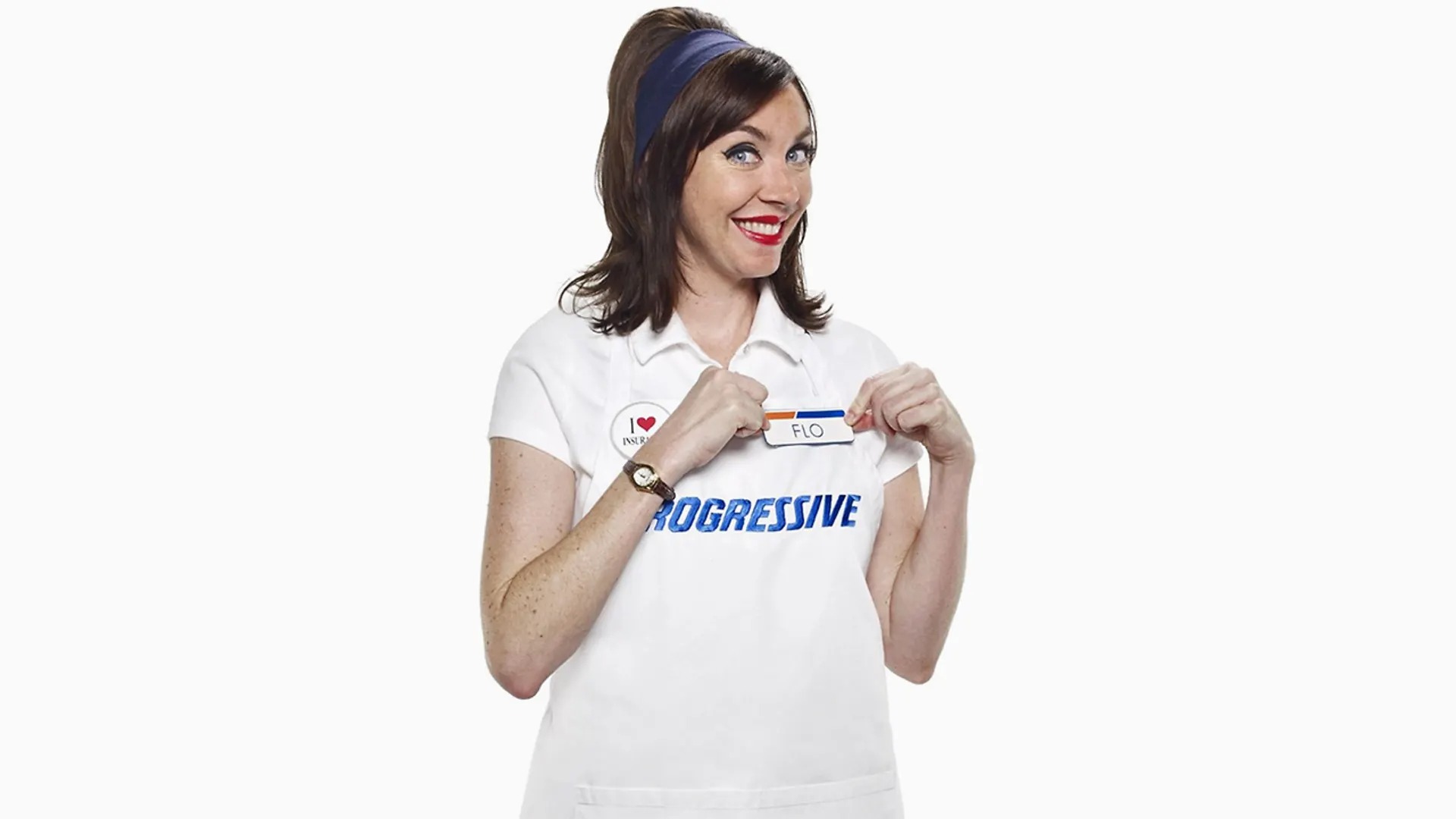
- Industry: Insurance
- Use: A recurring human character played by an actress, used across all brand touchpoints. Friendly, knowledgeable, and instantly recognizable.
Why It Works
Realistic human mascots build immediate trust and emotional familiarity. They’re ideal when your brand wants to:
- Showcase expertise without overwhelming users
- Humanize customer journeys or service flows
- Create consistency across training, support, and marketing
- Stay grounded, personal, and flexible across cultures
These mascots are especially effective in industries where relationships, reliability, or professionalism matter most.
Fantasy or Altered Human Characters: The Mascot with a Twist
Sometimes your brand needs more than just a face—it needs a force. That’s where fantasy or altered human characters come in. These mascots look human, but they’re elevated. Enhanced. Transformed. They operate just outside the boundaries of reality, giving your brand an edge of power, mystery, or even destiny.
This character type is ideal for brands that deal in transformation, innovation, empowerment, or storytelling. Whether your mascot is a superhero, a tech-enhanced cyborg, or a magically gifted human, these figures carry emotional weight and narrative gravity. They’re built for brands that promise more than functionality—they promise change.
Why do these mascots work? Because they tap into cultural archetypes. From ancient mythology to modern cinema, altered humans have always represented our deepest desires—strength, freedom, mastery, wisdom, reinvention. When used in branding, they become mirrors of your customer’s potential and symbols of what your product or service unlocks.
In the next sub-sections, we’ll break down the key subtypes—each one offering distinct emotional tones, narrative potential, and strategic fit. Whether you’re looking for bold heroism or subtle mysticism, there’s a character type here that can elevate your brand above the noise.
Superheroes: Power, Purpose, and Protection
Superhero mascots tap directly into the cultural obsession with strength, justice, and transformation. These characters symbolize potential unlocked—whether physical, intellectual, emotional, or even moral. They’re ideal for brands that want to be seen as protective, empowering, high-performing, or aspirational.
Superhero mascots are more than just capes and poses. When done right, they embody a brand’s mission: helping customers overcome obstacles, move faster, or become better versions of themselves.
1. The Reluctant Hero
Concept: A superhero who didn’t ask for the spotlight, but rises to the occasion when others need help. Often humble, sometimes awkward.
Business Fit: Mental health platforms, educational tools, freelance support apps
Strategic Use: Represents growth under pressure. Creates emotional relatability while maintaining aspirational pull.
2. The Everyday Superhuman
Concept: A regular person with low-key powers—like the ability to sort chaos, solve problems instantly, or multitask like a machine.
Business Fit: Productivity tools, AI platforms, service automation, lifestyle brands
Strategic Use: Reinforces brand usefulness and speed without feeling overblown. Feels helpful rather than heroic.
3. The Speed-Based Hero
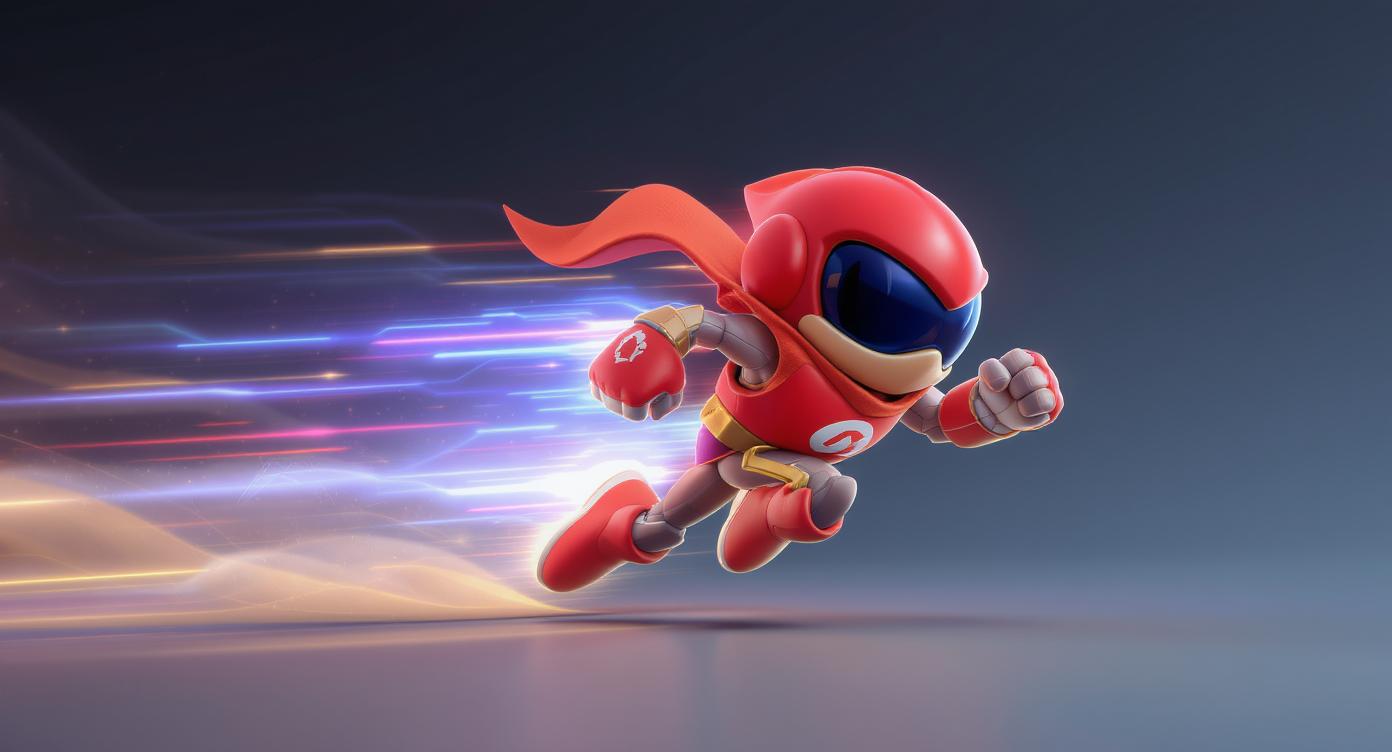
Concept: A mascot built around speed—moving fast, reacting instantly, leaving trails of color or sound.
Business Fit: Delivery services, trading apps, mobile optimization tools
Strategic Use: Turns a functional strength (speed) into a visual and narrative asset.
4. The Protector
Concept: A shield-bearing figure who calmly neutralizes threats, never flinching under pressure.
Business Fit: Cybersecurity, insurance, personal safety, family finance
Strategic Use: Symbolizes trust, strength, and calm under pressure. Good for serious industries where emotional reassurance matters.
Real-World Examples
Captain Obvious (Hotels.com)
- Industry: Travel / Booking
- Use: A parody of the superhero trope used for humor and clarity. Helps demystify booking choices with comic relief and directness.
Salesforce’s Astro (partly superhero-coded)
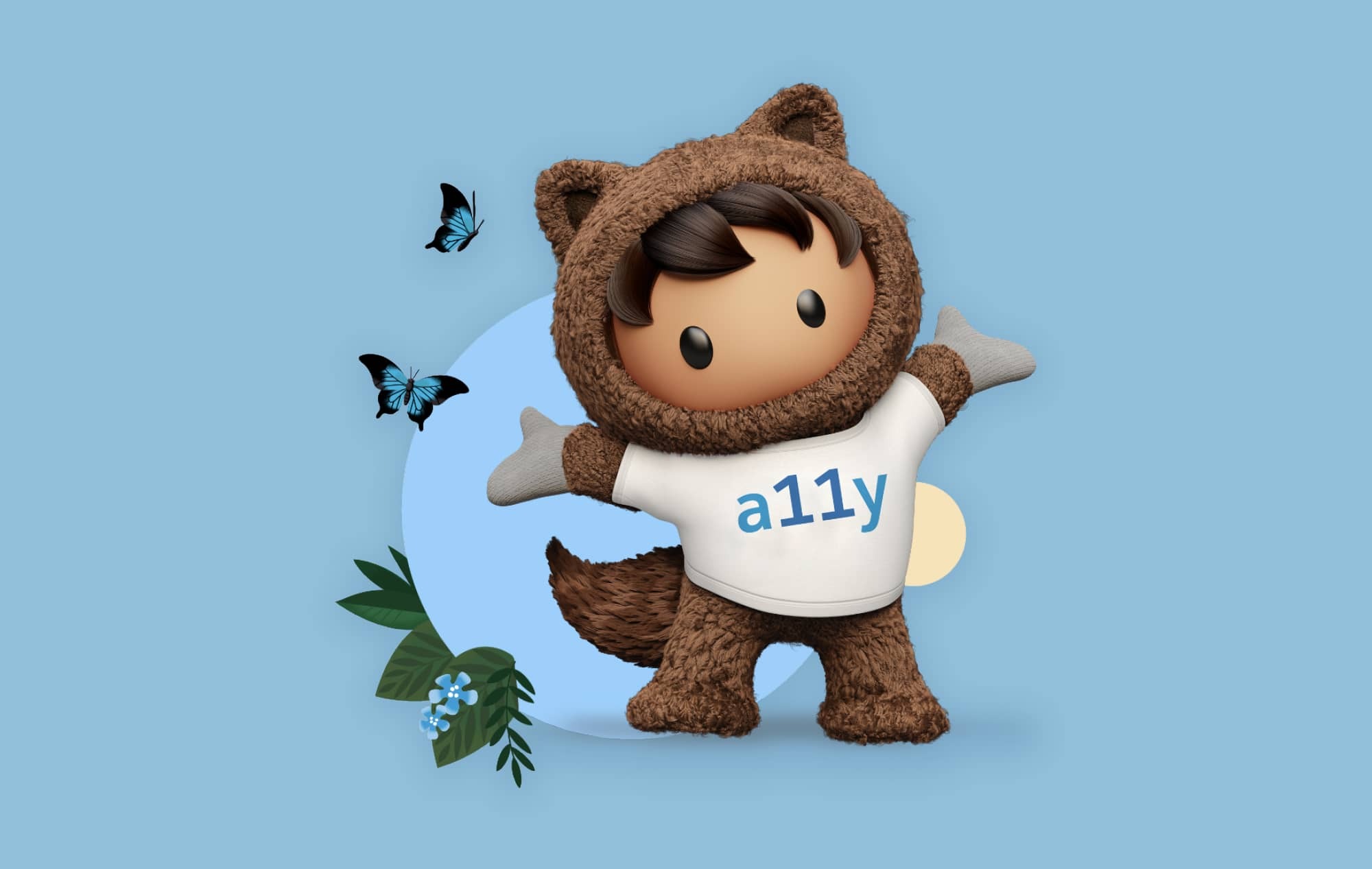
- Industry: SaaS / CRM
- Use: Blends explorer, mascot, and guide—subtly evokes heroic qualities without full costume. Represents empowerment and discovery in complex systems.
Why It Works
Superhero mascots are highly effective when your brand:
- Helps users conquer problems or obstacles
- Needs to stand out in crowded, high-competition categories
- Aligns with performance, ambition, or breakthrough outcomes
- Wants to inspire emotional momentum, not just logical trust
These mascots don’t just entertain—they elevate your users. They turn your brand from a tool into a transformation partner.
Magical Humans: Intuition, Wisdom, and Wonder
Magical human mascots carry something superheroes often don’t—mystery, depth, and emotional resonance. While superheroes emphasize external power, magical humans operate on inner strength: insight, intuition, connection to nature or the unseen. They don’t rush in with fists—they guide, inspire, and transform in quieter, often more profound ways.
These characters are perfect for brands that want to project creativity, healing, mystery, spirituality, or emotional intelligence. Whether they’re modern witches, cosmic guides, alchemists, or enchanted mentors, magical humans work best for products or services that promise inner change or expansive thinking.
1. The Soft-Spoken Witch
Concept: A modern-day spellcaster who solves problems with quiet rituals, charm, and subtle guidance.
Business Fit: Wellness brands, mental health apps, creative platforms, herbal or natural products
Strategic Use: Adds mystery and calm authority. Breaks from aggressive sales tones with a nurturing, intuitive approach.
2. The Astral Guide
Concept: A stargazing figure with knowledge of timelines, emotions, and hidden paths—appears when users are lost or overwhelmed.
Business Fit: Meditation tools, astrology apps, career coaching, education platforms
Strategic Use: Helps users “zoom out” and reconnect with their direction. Great for emotional UX touchpoints and long-term journeys.
3. The Chaos Channeler
Concept: A quirky character who thrives in creative messes—turns wild energy into beauty or clarity.
Business Fit: Design software, brainstorming tools, content creation apps
Strategic Use: Makes ideation and failure feel fun. Speaks directly to the creative process with honesty and humor.
4. The Urban Shaman
Concept: A contemporary character grounded in both technology and nature—bridging modern life with ancestral insight.
Business Fit: Eco-conscious brands, ethical tech startups, mindfulness platforms
Strategic Use: Embodies balance, ethics, and presence. Ideal for brands tackling sustainability, consciousness, or community care.
Real-World References
Not many major brands currently use magical humans, which presents an open lane. However, the archetype is familiar through:
- Guides in video games and fantasy media (e.g., Zelda’s sages, RPG spellcasters)
- Animated commercials for wellness products, where enchanted figures guide users through self-discovery
Why It Works
Magical humans let brands step into roles like:
- Mentor, healer, or visionary
- Creator of safe space or inner transformation
- Activator of creativity, emotional clarity, or intuition
They’re ideal for emotionally driven industries that deal with:
- Self-improvement
- Art and imagination
- Spiritual growth
- Alternative medicine
- Sustainable lifestyle
This mascot type is less about showmanship and more about depth. Used well, magical humans can offer long-term brand voice consistency with a soft, emotionally intelligent core.
Cyborgs, Mutants, or Genetically Altered Humans: Evolution as Identity
These characters sit at the intersection of biology and technology. They’re not entirely human anymore—but they’re not fully machine either. Cyborgs, mutants, and altered humans represent transformation, adaptation, and raw potential. They challenge what it means to be human—and for branding, that’s exactly the point.
These mascots are perfect for brands that want to feel cutting-edge, futuristic, powerful, or rebellious. They appeal especially to tech-savvy, science-curious, or progress-minded audiences who see change not as a threat—but as a feature.
1. The Augmented Strategist
Concept: A calm, intelligent figure with a tech-enhanced brain—built for analysis, optimization, and prediction.
Business Fit: Data platforms, AI tools, trading apps, strategy consultancies
Strategic Use: Embodies logic and precision. Ideal for brands that offer clarity in complexity.
2. The Glitch-Human Hybrid
Concept: A fast-talking, glitched-out figure whose body flickers between human and digital form—constantly adapting.
Business Fit: Web3 products, gaming brands, AR/VR tools, Gen Z-focused platforms
Strategic Use: Symbolizes identity fluidity, change, and digital immersion. Great for brands that embrace the unstable, the new, and the edge.
3. The Biohacked Explorer
Concept: A post-human adventurer enhanced for harsh environments—adapted for survival, discovery, or experimentation.
Business Fit: Health tech, space/startup innovation brands, biotech firms
Strategic Use: Evokes resilience, curiosity, and transformation through science. Great for vision-driven brands with moonshot thinking.
4. The Emotionally Enhanced Human
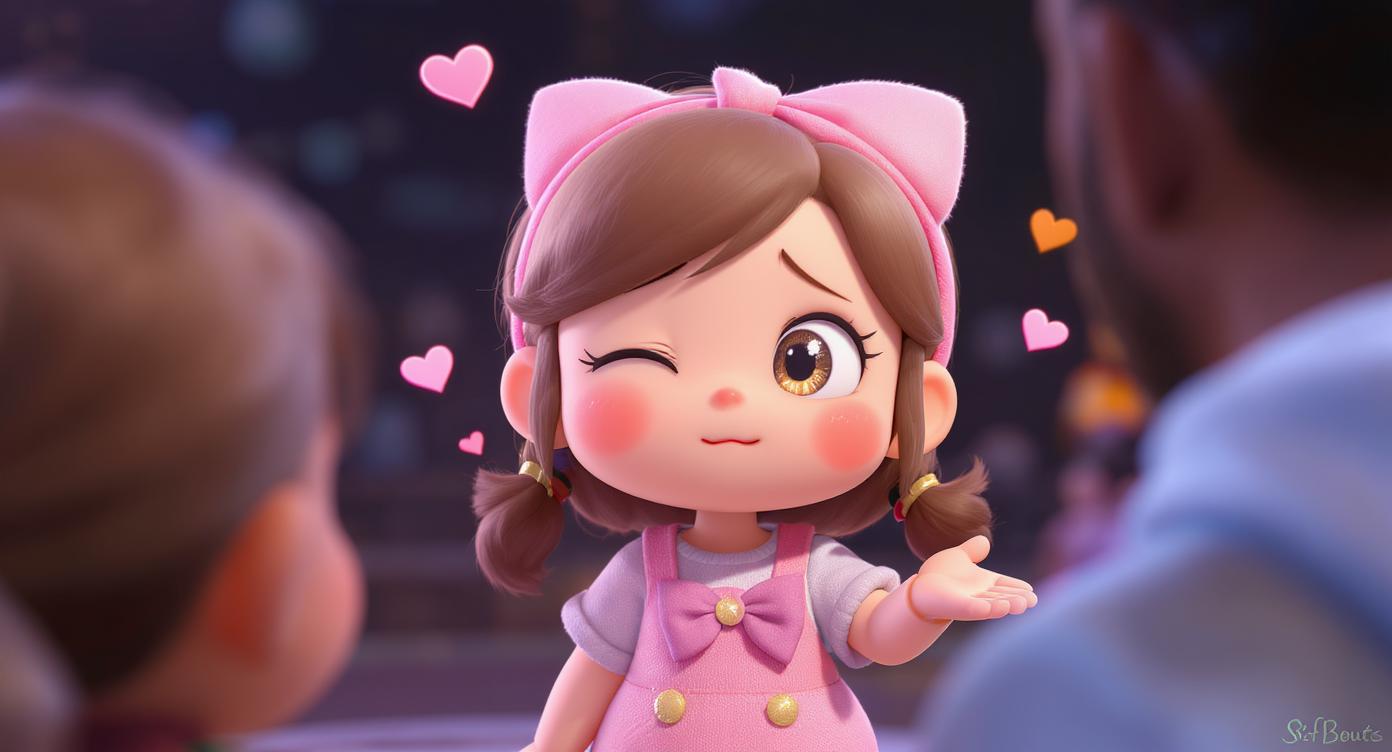
Concept: A figure who’s been upgraded—not with speed or strength, but with the ability to feel more deeply and understand others better.
Business Fit: Empathy-focused AI tools, counseling platforms, neurodiversity brands
Strategic Use: Challenges traditional tropes of “upgrades” by centering emotional intelligence and human connection.
Why It Works
This mascot type gives your brand a bold, forward-facing posture. It tells the world:
- We are not afraid of change.
- We exist at the edge of what’s possible.
- We help our users evolve.
Perfect for:
- High-tech or experimental products
- Brands positioning against the status quo
- Businesses focused on performance, adaptation, or disruption
It’s not just futuristic—it’s philosophical. These mascots let your brand explore the meaning of progress.
Cursed or Transformed Humans: Flawed, Haunted, and Deeply Relatable
Unlike superheroes or cyborgs who represent power and control, cursed or transformed human mascots reflect vulnerability, struggle, and complexity. These characters have been changed—by accident, by trauma, by magic, or by their own choices—and now live with the consequences. But that’s exactly what makes them powerful symbols in branding: they’re raw, emotionally textured, and deeply human.
These mascots are ideal for brands that deal in healing, transformation, personal growth, or acceptance. They work well for audiences who are skeptical of perfection, and who value honesty over polish.
1. The Half-Human, Half-Shadow
Concept: A character visibly split between two states—one side glowing, the other faded or fragmented. They’re in the process of becoming whole.
Business Fit: Therapy apps, trauma healing platforms, neurodiversity education, journaling tools
Strategic Use: Captures the emotional reality of growth and recovery. Reinforces the message that healing isn’t linear—but it is powerful.
2. The Masked Figure
Concept: A person who wears a shifting mask to fit in, only slowly revealing their true identity over time.
Business Fit: Career coaching, identity-focused products, LGBTQ+ platforms, authenticity-centered brands
Strategic Use: Symbolizes self-discovery, authenticity, and vulnerability. Excellent for brands that help users remove societal pressure.
3. The Burned and Rebuilt
Concept: A character who’s visibly scarred, rebuilt with pieces from different times or lives—like a mosaic.
Business Fit: Life coaching, addiction recovery, habit-tracking apps, resilience-oriented tools
Strategic Use: Tells a story of transformation through pain. Deeply resonant for anyone who’s rebuilt themselves from failure or hardship.
4. The Character Who Cannot Speak
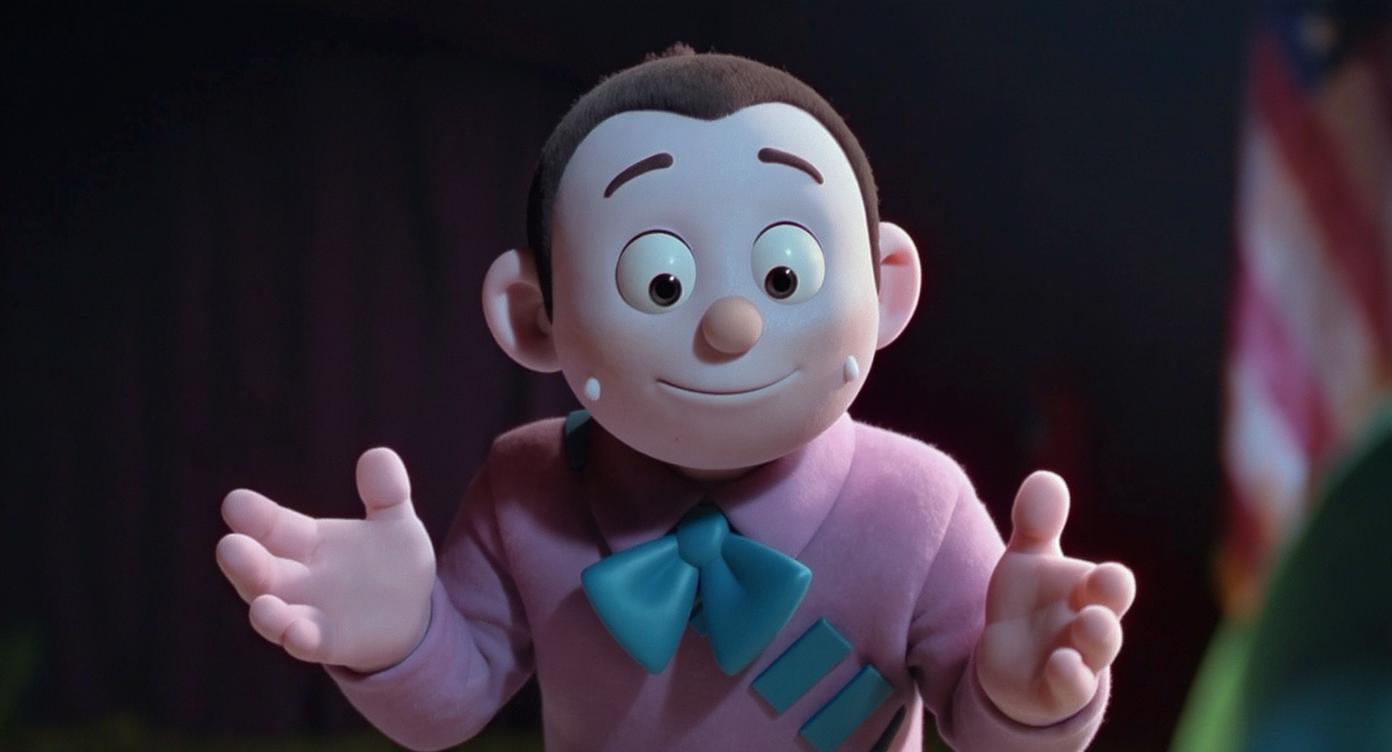
Concept: A mascot who’s silent—but expressive—communicating only through gestures, symbols, or emotional cues.
Business Fit: Brands for non-verbal audiences, accessibility-focused design, mindfulness or minimalist tools
Strategic Use: Challenges traditional storytelling by leaning into alternative communication. Powerful for inclusive design systems.
Real-World Parallels
While rare in mainstream brand mascots, these character types thrive in:
- Indie games and comics (e.g., Hollow Knight, Celeste)
- Mental health storytelling platforms
- Music videos, fashion campaigns, and narrative-heavy branded content
- Animated short films from purpose-driven startups
This makes them especially relevant for niche, mission-driven, or emotionally complex brands looking to build genuine relationships with users who’ve lived through struggle.
Why It Works
Cursed or transformed humans resonate because they reflect something real: life isn’t perfect, and growth leaves marks. That makes these mascots:
- Emotionally trustworthy
- Memorable in a sea of polished perfection
- Anchored in storytelling without being corporate
They’re ideal for:
- Brands focused on inner work, self-discovery, or radical honesty
- Marketing to emotionally mature or self-aware audiences
- Campaigns that aim to normalize imperfection
This mascot isn’t a superhero. It’s a survivor—and sometimes, that’s what people need most.
Chosen Ones or Prophetic Figures: Destiny-Driven Brand Mascots
Some characters aren’t just different—they were meant to be. Chosen Ones or Prophetic Figures are mascots built around the idea of destiny, purpose, or higher calling. These characters are often aware (or become aware) that they were made for something greater—and that’s exactly why they resonate with users seeking meaning, growth, or direction.
Unlike superheroes who gain powers through circumstance, or magical humans who tap into external forces, Chosen Ones are defined by identity, vision, and a sense of mission. This makes them ideal for brands that want to feel transformational, visionary, or life-changing.
1. The Reluctant Leader
Concept: A quiet character who discovers, slowly and painfully, that people are looking to them for answers.
Business Fit: Educational platforms, startup incubators, thought leadership brands, career pivot services
Strategic Use: Reinforces the idea that greatness isn’t loud—it grows. Builds credibility with users who are evolving into new roles.
2. The Seeker of the Lost Path
Concept: A character who was once off-track, lost, or fallen—but now walks a path guided by insight, experience, or a vision only they can see.
Business Fit: Wellness platforms, life planning tools, purpose-driven communities
Strategic Use: Powerful metaphor for customer journeys—especially brands that help users rediscover meaning or reinvent themselves.
3. The Messenger
Concept: A character who delivers insight, tools, or guidance on behalf of a higher purpose—but doesn’t claim ownership.
Business Fit: Coaching platforms, mindfulness brands, spiritual or philosophical products
Strategic Use: Helps brands embody humility and trustworthiness. This figure becomes the voice of transformation, not its center.
4. The Future-Witness
Concept: A character who’s seen what’s coming and exists to help users prepare—part oracle, part strategist.
Business Fit: Futurist consultancies, strategic planning tools, edtech platforms
Strategic Use: Projects visionary thinking and long-term guidance. Ideal for B2B or innovation-centric brands.
Real-World Inspirations
While rarely used in literal form by major brands, this archetype is prevalent in:
- Franchise storytelling (e.g., Harry Potter, Neo in The Matrix, Moana)
- Spiritual or philosophical movements
- Vision-driven startup founders positioned as category creators or disruptors
- Campaign mascots with purpose-led story arcs
These figures build emotional weight over time and are often used in serialized brand storytelling—ideal for platforms or ecosystems with multi-touch user journeys.
Why It Works
This mascot type gives your brand:
- A mythic tone without full fantasy
- Emotional scale and storytelling potential
- A clear sense of transformation and long-term purpose
Chosen One mascots are particularly effective for:
- Platforms that offer life-changing or trajectory-shifting outcomes
- Brands seeking deep emotional trust over fast conversions
- Campaigns with a layered, episodic, or journey-based rollout
They make your users feel that by interacting with your brand, they’re stepping into their own higher potential—and that’s a story people never forget.
Alchemically or Mystically Enhanced Humans: Elevated, Evolving, and Symbolic
These characters are human—but marked by symbolic enhancements: glowing eyes, levitation, elemental power, ancient runes, or cosmic energy. They’re not superheroes or spellcasters. They are transformed by mystical, spiritual, or symbolic forces, and carry an energy that’s more poetic than practical.
These mascots are ideal for brands that want to radiate depth, transformation, higher wisdom, or aesthetic beauty. They’re powerful in storytelling-heavy environments and highly expressive in design systems—whether animated, illustrated, or stylized in 3D.
1. The Light-Bearer
Concept: A serene, glowing figure whose body contains shifting orbs, stars, or sacred geometry. It doesn’t speak—it shines.
Business Fit: Spiritual platforms, energy healing, visionary art, AI-powered creativity tools
Strategic Use: Evokes calm, inspiration, and a sense of the sacred. Strong as an ambient mascot for wellness or reflection-centered brands.
2. The Rune-Walker
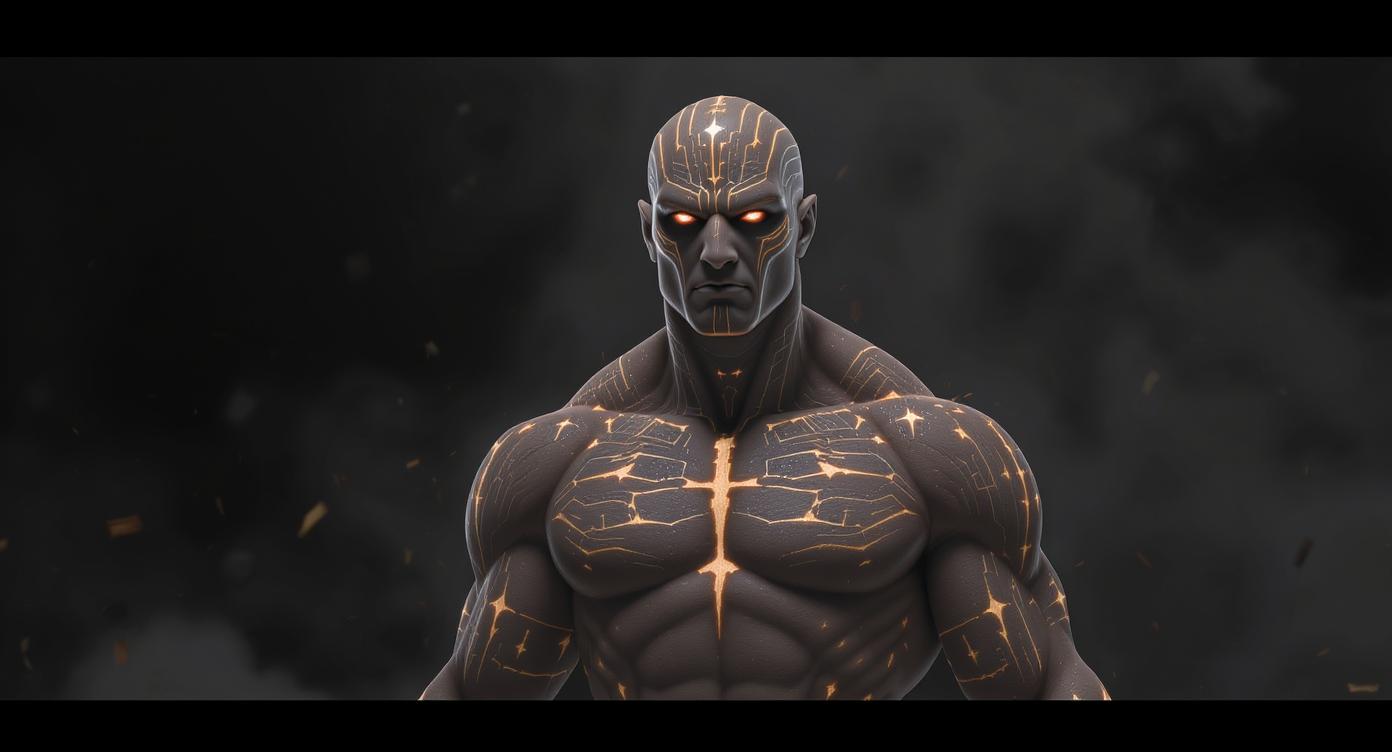
Concept: A character covered in ancient markings that activate in response to user actions or key moments.
Business Fit: Gamified learning, personal development, habit-building platforms
Strategic Use: Creates visual storytelling around inner potential. Ideal for brands that focus on progress and visible transformation.
3. The Breath-Human
Concept: A character who exists at the edge of form—shifting between vapor, wind, and human shape depending on environment or emotion.
Business Fit: Meditation apps, audio-first platforms, AR/VR wellness spaces
Strategic Use: Represents adaptability, subtlety, and presence. Visually dynamic and non-verbal—ideal for immersive or sensorial branding.
4. The Fire-Touched
Concept: A character with a faint ember burning in their chest—an inner flame that powers them but also marks them as changed.
Business Fit: Fitness brands, trauma recovery platforms, performance coaching
Strategic Use: Powerful metaphor for resilience, inner drive, or recovered strength. Works well for high-emotion, purpose-driven narratives.
Cultural and Creative Parallels
This character type draws on alchemy, mysticism, and symbolic systems—often found in:
- Mythological storytelling (e.g., Prometheus, divine messengers)
- Visual language from tarot, astrology, and sacred geometry
- Indie games and speculative fiction
- Motion design with mood-focused avatars and spirits
These characters invite exploration rather than explanation. They’re open to interpretation—making them ideal for brands that want to spark curiosity, reflection, or wonder.
Why It Works
Alchemically or mystically enhanced humans give your brand:
- Emotional and visual richness
- Layered storytelling through symbols, not words
- Long-term flexibility across design, animation, and brand metaphors
They’re particularly effective for:
- Platforms focused on self-awareness, growth, or healing
- Brands that sell vision, aesthetic, or inner experience
- Campaigns that need non-linear narratives or symbolic resonance
These mascots don’t tell users what to do. They show what’s possible—quietly, beautifully, and powerfully.
Mythical or Fantasy Creatures: Ancient Legends, Modern Brand Power
When you want your brand to feel epic, otherworldly, or unforgettable, mythical creatures are your go-to mascots. These aren’t altered humans or symbolic objects—they’re beings born of legend, folklore, and imagination. From dragons and elves to angels, demons, and shapeshifters, these characters bring emotional gravity and symbolic richness that resonate across cultures and generations.
What makes them powerful? Instant archetypal meaning. A dragon doesn’t need an explanation. A fairy comes with built-in emotion. A centaur immediately says “wisdom and wildness.” Mythical mascots carry centuries of meaning—so when used wisely, they become shortcut symbols for your brand’s role in your customer’s journey.
They’re ideal for brands that want to:
- Feel timeless, bold, or emotionally rich
- Tell stories over time or across platforms
- Tap into cultural memory and imaginative potential
- Reach audiences who value wonder, mystery, or myth
In the following sub-sections, we’ll explore specific mythical mascot types—including dragons, elves, angels, shapeshifters, and more. Each creature brings its own energy, tone, and strategic value depending on how you frame it.
Dragons
Conceptual Power: Strength, guardianship, transformation, fearlessness
Brand Fit: Security tools, investment platforms, gaming brands, energy drinks
Examples:
- A coiled dragon who monitors and protects users from digital threats
- A small, evolving dragon that grows as users learn or achieve milestones
Why It Works: Dragons are universally powerful and flexible—can be wise or wild, scary or gentle, Eastern or Western in style. Perfect for brands that help users conquer complexity or danger.
Elves
Conceptual Power: Precision, agility, nature connection, quiet mastery
Brand Fit: Craft-based marketplaces, productivity tools, green tech, specialty e-commerce
Examples:
- A forest elf who guides users through custom workflows
- A modern, tech-savvy elf with gadgets instead of spells
Why It Works: Elves are associated with craft, focus, and elegance. Great for brands that emphasize detail, flow, or creativity.
Dwarves
Conceptual Power: Strength, grit, resilience, technical know-how
Brand Fit: Construction tech, repair services, fintech infrastructure, B2B tools
Examples:
- A stoic dwarf builder who “constructs” a user’s progress dashboard
- A bearded artisan who handles backend optimization
Why It Works: Dwarves symbolize trust, hard work, and endurance—ideal for brands doing the heavy lifting behind the scenes.
Fairies / Faeries
Conceptual Power: Whimsy, inspiration, emotional healing, playfulness
Brand Fit: Beauty, mental health, entertainment, children’s products
Examples:
- A winged fairy who delivers daily affirmations or reminders
- A mischievous sparkle-trail fairy that unlocks creative tools
Why It Works: Faeries can be nurturing or chaotic, soft or bold. They’re versatile symbols of emotional energy and spontaneous delight.
Mermaids / Mermen
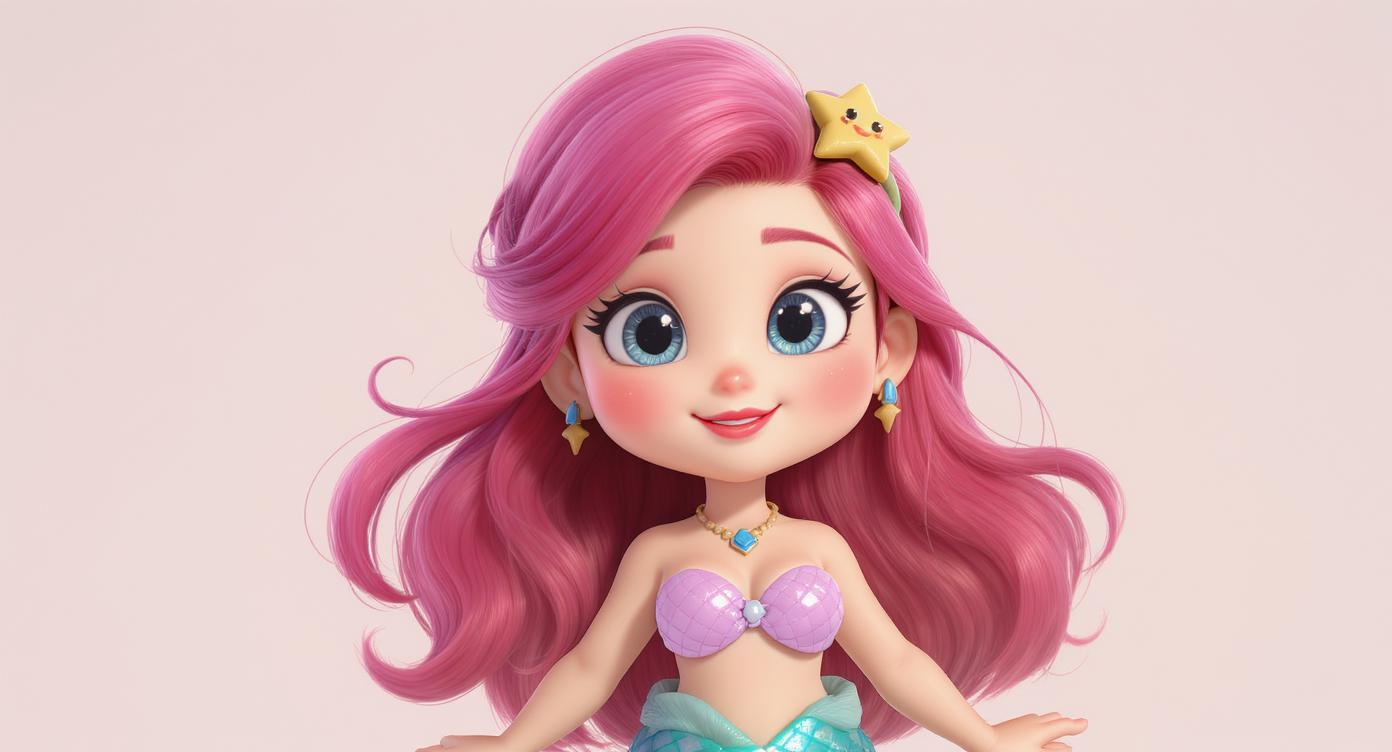
Conceptual Power: Mystery, duality, allure, deep emotion
Brand Fit: Self-care products, water brands, identity-focused communities
Examples:
- A mermaid who curates product recommendations based on mood
- A shape-shifting merman used in immersive AR experiences
Why It Works: These characters blend beauty and mystery—ideal for expressive, personal, or sensorial branding that taps into inner transformation.
Angels
Conceptual Power: Guidance, light, safety, benevolence
Brand Fit: Healthcare, personal finance, spiritual platforms, nonprofit orgs
Examples:
- A minimalist, abstract angel figure who appears in calm UX moments
- An animated guardian used in wellness check-ins
Why It Works: Angels symbolize support and clarity. They’re excellent emotional anchors when a brand must earn deep trust or provide calm in chaos.
Giants / Titans
Conceptual Power: Raw strength, legacy, momentum, foundation
Brand Fit: Logistics, cloud infrastructure, industrial brands, legacy platforms
Examples:
- A mountain-sized figure that powers invisible processes
- A towering mascot seen in overhead brand visuals for scale
Why It Works: Giants add gravitational pull. Ideal for brands doing big things in the background—and for metaphors of reliability or foundational support.
Spirits / Ghosts
Conceptual Power: Memory, presence, mystery, the unseen
Brand Fit: Data privacy, archival tools, cultural brands, storytelling platforms
Examples:
- A ghost mascot that represents forgotten data, reactivating only when needed
- A playful spirit who helps users navigate past actions or old content
Why It Works: Spirits let you engage with invisibility, history, or emotion. They’re highly adaptable for metaphoric branding—especially where presence isn’t always visible.
Why Mythical Mascots Work
- Built-in symbolism speeds up audience recognition and emotional connection
- Flexible visual styling—they can be adorable, haunting, elegant, or comedic
- Scalable storytelling across motion design, narrative campaigns, gamification, and brand lore
- Perfect for brands aiming to be perceived as epic, timeless, or archetypal
These aren’t just creatures—they’re carriers of myth, emotion, and cultural memory. Use them to inject your brand with scale, wonder, and story from day one.
Robots: Precision, Personality, and the Human Side of Tech
Robots are one of the most popular modern mascot types—and for good reason. They combine the best of two worlds: the efficiency of machines and the relatability of characters. Whether they’re sleek and serious, quirky and emotional, or animated and childlike, robot mascots help brands express complex, tech-heavy concepts through clear, approachable personalities.
But not all robot mascots are the same. Their design, tone, and behavior send specific signals to users—confidence, friendliness, speed, or even humor. They’re ideal for brands that want to be seen as innovative, helpful, or AI-driven without losing the human touch.
1. The Minimalist Assistant
Concept: A clean, geometric robot with neutral tone, calm movement, and helpful responses—think frictionless UX embodied.
Business Fit: SaaS platforms, productivity tools, customer support bots, operating systems
Strategic Use: Keeps interactions light, logical, and non-intrusive. Helps users navigate complex platforms or tasks without distraction.
2. The Expressive Companion
Concept: A small, round robot with big eyes and emotional intelligence—reacts to user behavior with empathy.
Business Fit: Health tech, wellness apps, habit trackers, children’s tools
Strategic Use: Perfect for brands that require emotional buy-in. Adds a sense of connection to otherwise data-heavy interactions.
3. The Overeager Innovator
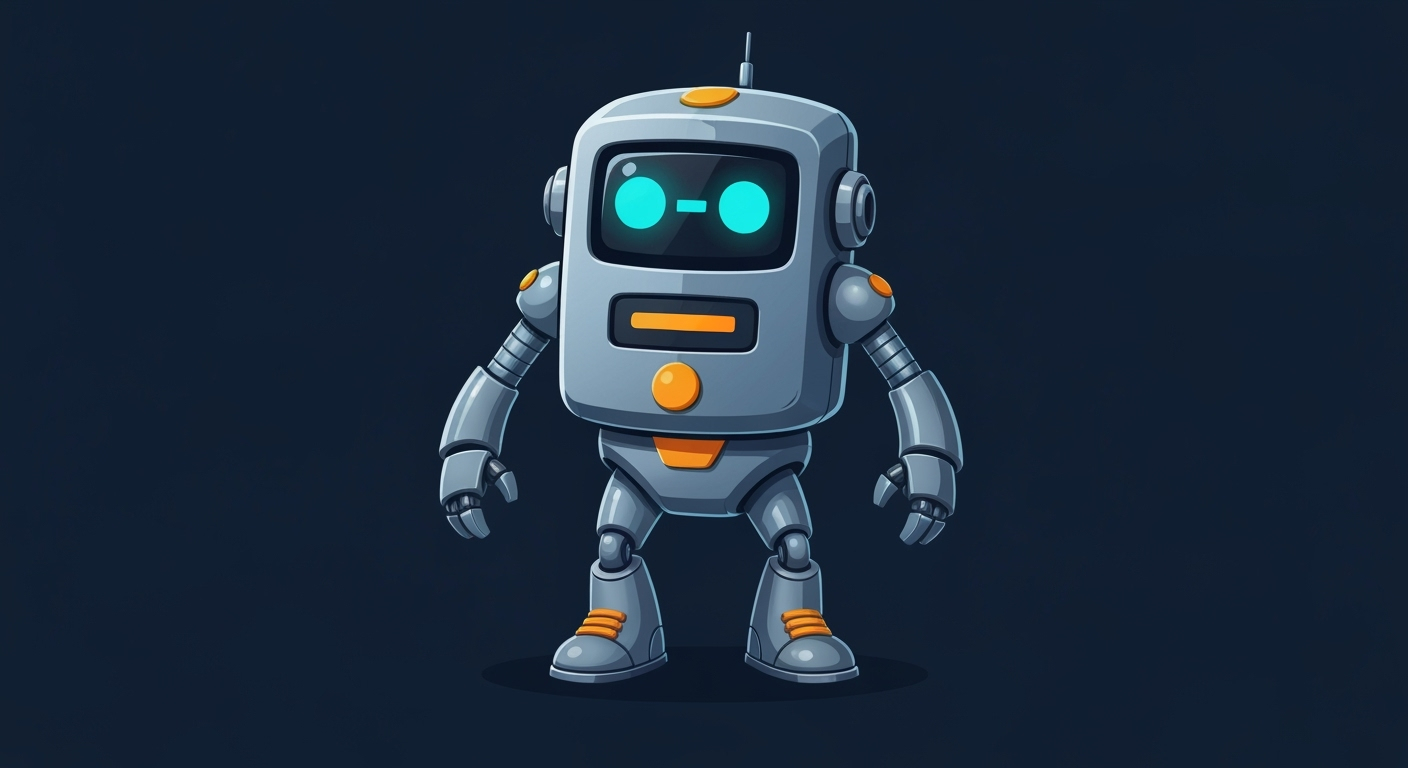
Concept: A hyperactive bot who’s always suggesting, recommending, or learning—sometimes too enthusiastically.
Business Fit: AI tools, recommendation engines, content platforms
Strategic Use: Injects humor and energy into user journeys. Ideal for onboarding, gamification, or easing friction around suggestions.
4. The Field Technician
Concept: A robot with visible tools, gears, or diagnostics—pragmatic, precise, and mission-focused.
Business Fit: DevOps, B2B automation, cloud infrastructure, hardware solutions
Strategic Use: Symbolizes reliability and tech authority. Appeals to users who care about performance over personality.
5. The Glitched AI
Concept: A slightly unpredictable robot with occasional malfunctions—used intentionally to make the brand feel experimental, edgy, or self-aware.
Business Fit: Creative tech, indie games, Web3 platforms, hacker culture brands
Strategic Use: Adds character in a visually unique way. Disarms fear of AI by turning imperfection into personality.
Why It Works
Robot mascots offer:
- Instant signaling that your product is smart, efficient, or powered by automation
- Design flexibility across 2D, 3D, motion, and interactive formats
- A unique chance to humanize high-tech, abstract, or intimidating products
Whether it’s answering questions, guiding users, or simply showing up in motion content, robotic mascots give your brand a smart but friendly face that’s hard to forget.
Non-Anthropomorphic Animal Characters: Raw Emotion, Pure Symbolism
Not every animal mascot needs to talk, wink, or wear shoes. Non-anthropomorphic animal characters are creatures that behave like actual animals—but are used as living symbols in your brand’s storytelling. These mascots retain natural animal behaviors and instincts, allowing them to convey emotion, power, elegance, or wildness without human traits.
This type of mascot works especially well for brands that want to project strength, loyalty, mystery, instinct, or connection to nature—without leaning into cartoonish or overly playful design. These animals don’t speak. They act.
They’re ideal for businesses that want to feel authentic, grounded, symbolic, or timeless.
1. The Lone Wolf
Concept: A solitary figure that appears in transitions, waits in the distance, or guides without leading.
Business Fit: Outdoor gear, personal transformation platforms, solo-preneur tools, mental health apps
Strategic Use: Represents independence, resilience, and quiet strength. Adds emotional gravity without overt branding.
2. The Watchful Owl
Concept: A nocturnal mascot who never speaks but always sees—tracking patterns, remembering everything.
Business Fit: Security software, data visualization tools, research platforms, legal tech
Strategic Use: Ideal for brands focused on oversight, insight, and mental clarity.
3. The Flight of Birds
Concept: A flock in motion—symbolizing community, cooperation, or seasonal transformation.
Business Fit: Community platforms, non-profits, climate-tech, employee engagement tools
Strategic Use: Evokes unity without sameness. Visually powerful in motion or minimal design.
4. The Resting Big Cat
Concept: A lion, tiger, or panther—silent, composed, occasionally explosive in movement.
Business Fit: Luxury goods, investment platforms, performance coaching
Strategic Use: Conveys silent authority, patience, and restrained power. Speaks to high-achieving or discerning users.
5. The Curious Fox
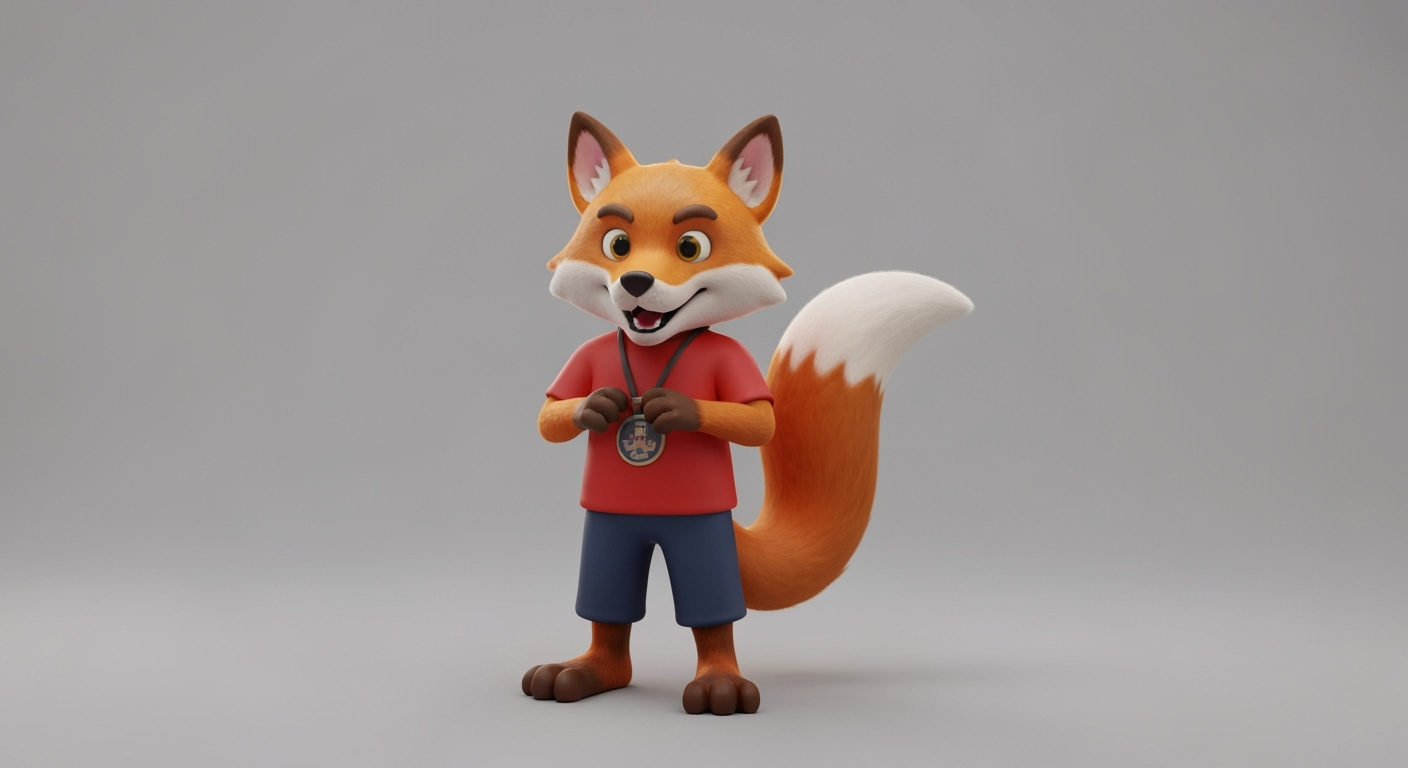
Concept: Moves quietly through digital environments, peeking into corners, pausing to observe before acting.
Business Fit: UX-focused tools, discovery apps, search platforms
Strategic Use: Ideal for brands that value exploration, intelligence, or alternative paths to results.
Real-World Examples
Jaguar (automotive)
- Industry: Luxury vehicles
- Use: Uses the animal symbol, not an animated mascot, to convey speed, elegance, and predatory instinct.
Firefox (Mozilla)
- Industry: Web browser
- Use: Stylized fox wrapped around the globe—more symbolic than character-driven, but taps into agility and exploration.
Why It Works
Non-anthropomorphic animal mascots offer:
- Symbolism without narrative baggage—the animal represents a trait or archetype, not a personality
- Elegance and restraint—ideal for serious, performance-driven, or nature-connected brands
- Global resonance—animals are universally understood across cultures
These mascots don’t entertain. They embody. That makes them powerful tools for brands that want to speak through instinct, archetype, or raw emotion—not through language or jokes.
Stylized or Cartoon Human Characters: Expression, Energy, and Design-Led Identity
Sometimes realism is too rigid—and fantasy too far. That’s where stylized or cartoon human characters shine. These mascots strike a perfect balance between human familiarity and creative freedom. They’re exaggerated, expressive, and visually memorable, giving your brand a playful, emotionally engaging, and highly designable personality.
Stylized human mascots are ideal for brands that want to feel:
- Youthful and fun
- Emotionally expressive
- Creator-friendly or design-forward
- Unafraid to embrace bold aesthetics
These mascots come in many visual flavors. Below are several style-driven directions that offer creative and strategic flexibility across brand types and audience segments:
1. Classic Western Cartoon Style
Visual Traits: Exaggerated gestures, rubber hose limbs, bold outlines, bright colors
Business Fit: Kids’ brands, snack foods, entertainment platforms, retro gaming
Strategic Use: Evokes nostalgia, simplicity, and humor. Great for short-form content and hyperactive visual storytelling.
2. Anime / Manga Style
Visual Traits: Large expressive eyes, stylized facial cues, energetic posing, detailed emotion arcs
Business Fit: Beauty, fashion, productivity tools, creator economy platforms
Strategic Use: Appeals directly to Gen Z and millennial audiences. Taps into fandoms and subcultural loyalty. Ideal for emotionally charged content or narrative series.
3. Minimalist / Flat Design Characters
Visual Traits: Simplified shapes, muted color palettes, subtle movement, often abstracted features
Business Fit: B2B SaaS, fintech apps, modern productivity tools, educational content
Strategic Use: Keeps branding clean, scalable, and flexible across media. Works especially well in UI/UX flows, dashboards, and onboarding systems.
4. Hyper-Stylized or Surreal Human Forms
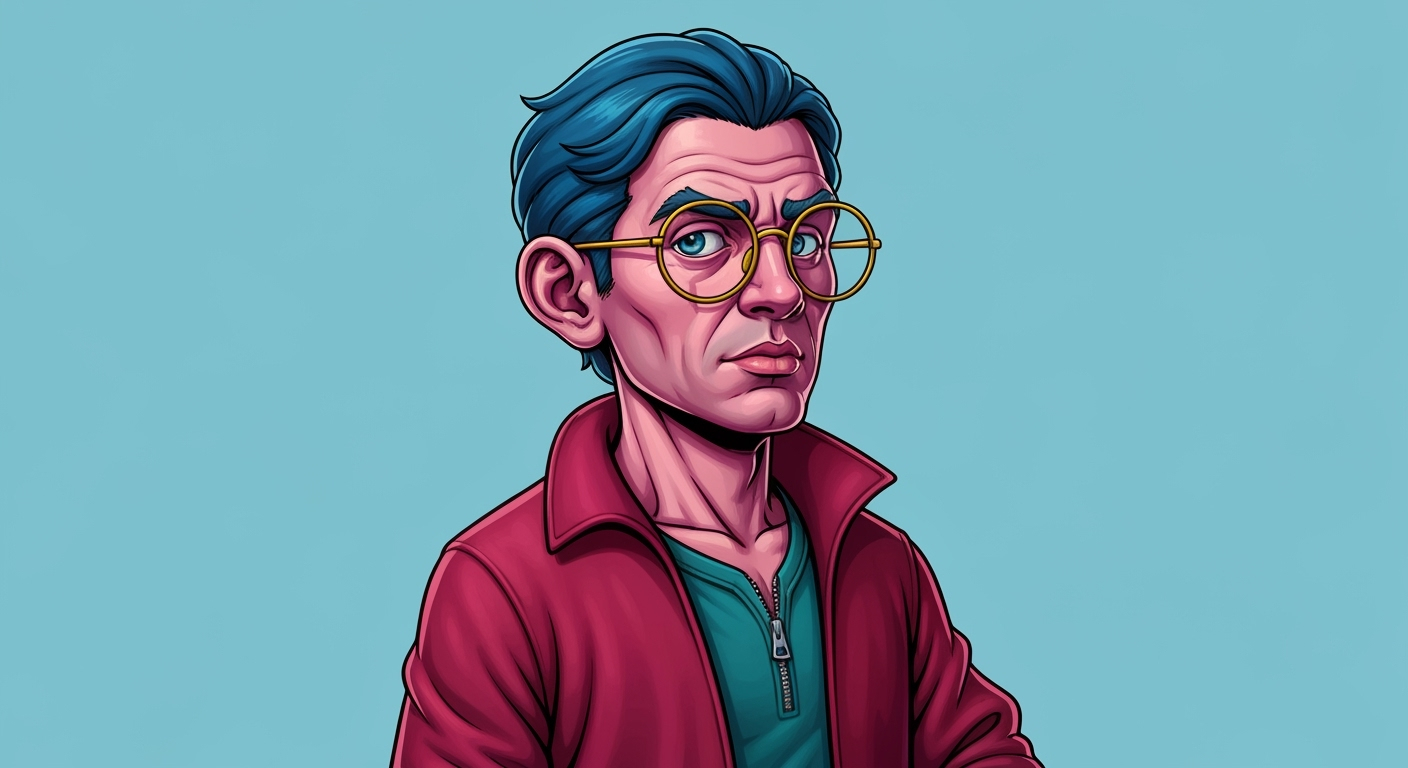
Visual Traits: Floating limbs, geometric heads, impossible anatomy, vibrant gradients
Business Fit: Creative agencies, art-tech startups, experimental brands, Web3
Strategic Use: Makes your brand instantly unique. Visually arresting and culturally tuned for design-conscious or disruptive audiences.
5. Semi-Realistic Stylization
Visual Traits: Human proportions with digital polish, slight exaggeration, often 3D-rendered
Business Fit: Virtual influencers, retail avatars, corporate training bots, fashion
Strategic Use: Perfect for brands walking the line between real and unreal—especially where digital presence and human warmth need to coexist.
6. Chibi / Super Deformed (SD) Style
Visual Traits: Short bodies, large heads, ultra-expressive faces—designed for cuteness
Business Fit: Gamified platforms, youth wellness tools, kawaii-themed brands, educational apps
Strategic Use: Sparks emotional softness. Ideal for friendly engagement, mascot-based sticker sets, or animated micro-interactions.
7. Retro Cartoon Style (Rubber Hose / 1930s–50s)
Visual Traits: Bendy limbs, grainy textures, black-and-white or limited color palettes
Business Fit: Niche DTC brands, throwback gaming, hipster fashion, creative agencies
Strategic Use: Evokes counterculture cool and aesthetic specificity. Works well for ironic, rebellious, or nostalgia-infused messaging.
Why It Works
Stylized human mascots allow brands to:
- Break away from literalism while remaining emotionally accessible
- Tune the aesthetic to match specific generations, design trends, or niche communities
- Build content engines—these characters are born for social, animated, and narrative use
- Scale personality across platforms, product tiers, and campaign moods
These mascots give your brand a recognizable, expressive identity—without needing realism or backstory. They’re all about vibe, style, and emotional rhythm.
Alien Characters: Strangers with Vision, Curiosity, and Charm
Alien mascots let your brand operate outside the rules of Earth—and that’s the point. These characters can be adorable or eerie, advanced or clueless, friendly or mysterious. What they all share is difference—they are not from here, and they don’t pretend to be. That makes them perfect for brands that want to feel innovative, unexpected, or culturally offbeat.
Aliens work especially well for:
- Disruptive tech startups
- Futurist platforms
- Gen Z or Web3 audiences
- Brands that thrive on curiosity, weirdness, or edge
Whether you design your alien mascot as a tiny floating blob, a glitchy hologram, or a hyperintelligent digital lifeform, it can symbolize your brand’s vision, cultural otherness, or refusal to conform.
Here are some strategic directions:
1. The Friendly Outsider
Concept: A bright-eyed alien trying to understand human behavior—offering helpful advice from an odd perspective.
Business Fit: Productivity tools, onboarding flows, life coaching apps
Strategic Use: Positions your brand as insightful, yet approachable. Can bring fresh angles to everyday problems while building empathy.
2. The Glitched Transmission
Concept: A mysterious character who only partially materializes—distorted audio, static-laced visuals, strange timing.
Business Fit: Creative tech, glitch art brands, Web3, experimental music platforms
Strategic Use: Symbolizes signal in the noise. Makes your brand feel experimental, data-aware, and artfully incomplete.
3. The Emotionless Observer
Concept: An alien who lacks feelings but tries to study or simulate them—learning from human interaction.
Business Fit: AI platforms, analytics tools, neuroscience products
Strategic Use: Flips the AI fear narrative into something charming or comic. Creates space for emotional intelligence and self-reflection.
4. The Hyper-Advanced Messenger
Concept: A being of light or pure data who delivers insights across time and space. Speaks rarely, moves elegantly.
Business Fit: Strategic consulting, innovation forecasting, science platforms
Strategic Use: Adds gravitas and foresight. Makes your brand feel visionary without sounding arrogant.
5. The Playful Cosmic Drifter
Concept: A weird little explorer bouncing from place to place, touching everything, asking questions, causing low-stakes chaos.
Business Fit: Youth brands, micro-learning tools, DTC culture products
Strategic Use: Captures curiosity and exploration. Works beautifully in animation, gamified UX, or social storytelling.
Real-World Influences
While few traditional companies use alien mascots, the aesthetic is everywhere in:
- Gaming and sci-fi marketing (e.g., Xbox campaigns, indie games)
- Music festivals, NFT projects, and creator brands
- Sci-fi-inspired tech UI and explainer design
- Kids’ cartoons (where aliens represent play and imagination)
Aliens give brands permission to be strange, smart, and culturally fluid.
Why It Works
Alien mascots help your brand:
- Signal that you’re not like everyone else
- Operate outside conventional language, design, or tone
- Spark curiosity in new or emerging categories
- Build a flexible character for storytelling, interaction, or product metaphors
They’re ideal for startups, futurists, and creatives who aren’t interested in “fitting in”—they’re here to invent a new atmosphere altogether.
Virtual or Digital Characters: Born Online, Built to Perform
Virtual or digital mascots are not just characters—they’re platform-native personas, designed for the internet, built for content, and optimized for interaction. These mascots may look human, non-human, animated, AI-generated, or 3D-rendered, but what defines them is this: they exist first and foremost in digital space.
They’re ideal for brands that want to:
- Scale content across video, social, and immersive media
- Create branded spokescharacters that live 24/7 online
- Build long-term identity assets in AI-powered, metaverse, or virtual commerce environments
- Engage audiences who expect motion, interaction, and real-time evolution
Here’s how virtual characters can function strategically:
1. The Always-On Assistant
Concept: A digital face of the brand—friendly, expressive, maybe even powered by AI—appears in explainer videos, chatbot UIs, or tutorials.
Business Fit: SaaS platforms, fintech tools, onboarding-heavy products, digital services
Strategic Use: Builds familiarity across touchpoints. Makes your platform feel personal without needing human labor at scale.
2. The Virtual Influencer
Concept: A stylized avatar who posts, interacts, performs, and speaks like a real person—designed for campaigns, storytelling, or product placement.
Business Fit: Fashion, beauty, DTC, gaming, entertainment
Strategic Use: Allows full control of brand voice, timing, and appearance—ideal for building long-term campaigns and avoiding influencer volatility.
3. The Interactive Guide
Concept: A digital mascot that appears in web environments, AR, or gamified platforms—offering tips, feedback, or humor during the user journey.
Business Fit: EdTech, e-commerce, mobile UX, onboarding flows
Strategic Use: Enhances engagement and retention. Makes tutorials, walkthroughs, or support feel dynamic instead of static.
4. The Brand Face in the Metaverse
Concept: A character who represents your brand in virtual worlds—customized for 3D interaction, VR, or avatar-based environments.
Business Fit: Metaverse platforms, gaming-adjacent brands, digital goods
Strategic Use: Establishes early brand equity in virtual ecosystems. Can evolve visually, change outfits, or adapt tone per campaign.
5. The AI-Personality Hybrid
Concept: A mascot powered (or appearing to be powered) by AI—responds to users, makes decisions, or evolves over time based on behavior.
Business Fit: AI tools, personalization platforms, research tech
Strategic Use: Communicates intelligence without coldness. Makes complex systems feel accessible, especially when design is clean and emotionally resonant.
Real-World Examples
Lil Miquela
- Industry: Fashion and culture
- Use: A virtual influencer with millions of followers, used by major brands like Prada and Calvin Klein. Exists solely as a character built for social interaction and campaigns.
Lu do Magalu (Brazil)
- Industry: E-commerce (Magazine Luiza)
- Use: A fully virtual brand ambassador used for everything from customer service to product launches. She represents consistency, efficiency, and personality across channels.
Kuki AI (formerly Mitsuku)
- Industry: Conversational AI
- Use: A chatbot with a personality, designed to entertain and interact rather than merely inform—used for user testing, brand engagement, and education.
Why It Works
Virtual and digital mascots are:
- Infinitely scalable across media, channels, and campaigns
- Emotionally engaging without requiring a human face
- Future-ready for the metaverse, immersive commerce, and AI-driven interaction
- Narratively flexible—can evolve visually, functionally, and contextually over time
They don’t just speak for your brand—they are your brand’s personality. Designed with intention, they become assets, not just characters.
How to Choose the Right Mascot Idea for Your Brand
Choosing a mascot isn’t about picking something trendy, random, or visually impressive. It’s about strategic alignment. The right mascot acts as an extension of your brand’s identity—expressing what your company stands for, how it communicates, and who it’s trying to reach.
Before diving into character types and design styles, start by anchoring yourself in the following core questions:
1. What is your brand’s personality?
A brand’s personality is more than a marketing buzzword—it’s a psychological framework that shapes how your brand is perceived by humans. And mascots are, at their core, human-facing embodiments of that personality.
In brand strategy, this often ties back to well-established models like Jennifer Aaker’s Five Dimensions of Brand Personality, which include:
- Sincerity – Down-to-earth, honest, wholesome (e.g., Dove, Hallmark)
- Excitement – Daring, spirited, imaginative (e.g., Red Bull, TikTok)
- Competence – Reliable, intelligent, successful (e.g., IBM, LinkedIn)
- Sophistication – Glamorous, charming, refined (e.g., Chanel, Mercedes-Benz)
- Ruggedness – Tough, strong, outdoorsy (e.g., Jeep, Patagonia)
Each of these archetypes can—and should—influence your mascot design.
For example:
- A sincere brand might choose a humble, soft-spoken animal or a nurturing plant-like character.
- An exciting brand might lean into bold, exaggerated forms—maybe a superhero, or a mischievous robot.
- A competent brand might use a digital assistant, sleek robot, or calm human character that radiates expertise.
- A sophisticated brand might prefer minimalist, abstract forms—maybe a stylized humanoid with premium visual cues.
- A rugged brand might go for a non-anthropomorphic animal (like a bear or hawk) or a weathered mythical figure.
Your mascot becomes the face of this personality in action.
Brands like Mailchimp use their monkey mascot “Freddie” to communicate cheerfulness and creativity, aligning with their easy-to-use email platform. Meanwhile, Duolingo’s owl conveys a blend of educational competence and quirky playfulness—perfect for a language learning app targeting young users.
Your character should mirror how your brand would act if it were a person. Would it high-five you? Shake your hand? Float above you and whisper cosmic advice?
Before jumping into any design process or idea exploration, get crystal clear on this:
If your brand walked into a room, what kind of character would it be?
Because your mascot?
It’s that character, personified.
What Emotions Should Your Brand Evoke?
If brand personality is the character, emotional tone is the mood. And mascots are one of the most powerful tools to emotionally anchor your brand in the hearts of consumers.
Why Emotions Matter in Branding
Research in neuroscience and marketing confirms: people don’t buy based on logic—they buy based on emotion, and justify with logic later.
A landmark study by Harvard professor Gerald Zaltman found that 95% of purchase decisions happen in the subconscious mind, driven by feelings, not facts.
Mascots tap directly into this subconscious space.
They bypass abstract messaging and deliver emotional shorthand—a quick, sticky cue that tells your audience how to feel about you before they read a single line of copy.
Emotion Drives Action
Marketing psychology shows that emotional branding increases customer loyalty, price tolerance, and word-of-mouth sharing. A mascot that consistently reinforces the right emotion doesn’t just make you memorable—it makes you valuable.
Take Coca-Cola: their polar bear mascot isn’t just cute—it reinforces the brand’s core emotion: comfort and happiness in every season.
Or consider the Michelin Man (“Bibendum”): a rotund, friendly figure who transforms an otherwise dull topic—tire safety—into something human, warm, and approachable. This mascot helped Michelin become a global emotional authority on road safety and reliability.
So what do you want people to feel when they encounter your brand?
That emotion should guide every design, movement, and voice choice in your mascot.
When the emotion is clear, the mascot becomes a living, breathing signal—one your customers recognize instantly… and emotionally trust.
Who is your audience—and what resonates with them?
A startup selling to Gen Z might embrace anime aesthetics or surreal visuals. A financial platform for professionals might lean toward more grounded, reliable, or conceptual mascots. Great mascot ideas start from a deep understanding of what your audience wants to feel when they interact with you.
What Story Are You Trying to Tell?
Mascots aren’t just decorations—they’re story delivery systems.
In a marketing landscape where consumers are bombarded by content, stories outperform static messages. According to a Nielsen Global Trust report, 92% of consumers say they trust earned media and storytelling over traditional ads, and brands that tell compelling stories enjoy up to 22x more memorability (Stanford Graduate School of Business).
That’s where mascots come in: they embody your narrative and make your brand’s abstract story visible, relatable, and emotionally sticky.
Why Narrative Matters in Branding
Humans are wired for narrative. Our brains are built to:
- Recognize character arcs
- Remember sequential information
- Empathize with emotionally driven agents (like characters)
- Connect morals and meanings through personification
That’s exactly why a character-based mascot works so well—it personalizes your brand’s story into a character that customers can connect with.
Storytelling and Brand Recall: The Mascot Advantage
According to a 2023 study by System1 Group, brand characters improve ad recognition by 32% and trigger stronger emotional responses than logos alone. This is especially true when the character plays a consistent narrative role across time.
Let’s look at a few real-world examples:
- Mr. Clean isn’t just a bald guy with muscles—he embodies control, cleanliness, and reliability. His story? He shows up and fixes messes with ease.
- GEICO Gecko doesn’t just tell jokes—he personifies accessibility and simplicity in the complex world of insurance. He’s a witty guide who helps customers make decisions with less stress.
- Tony the Tiger champions kids, strength, and positivity. He’s a classic hero-mascot—not just selling cereal, but confidence and energy.
These characters don’t just sell products—they tell micro-stories. They show up in commercials, interactive websites, product packaging, and even live events—keeping the brand’s narrative alive across platforms.
Ask Yourself: What’s Your Brand’s Narrative?
Before choosing a character type, consider:
- Is your brand a helper, a hero, a protector, or a challenger?
- Is your origin story important—or is the customer’s journey the real narrative?
- Do you want your mascot to be aspirational, relatable, or mysterious?
A strong mascot can:
- Represent your founding story
- Symbolize your mission (“growth,” “transformation,” “clarity,” etc.)
- Walk beside your audience on their journey, as a friend or guide
Narrative clarity sharpens mascot creativity. When you know what story you want to tell, you’re no longer brainstorming randomly—you’re casting a character in a role that supports your larger brand drama.
Once you’ve answered these, you’re in a far better place to brainstorm. But instead of starting from a blank page, there’s a more structured approach:
Let’s Build Your Brand’s Iconic Character Together
At this point, you’ve seen just how rich and strategic mascot creation can be.
You’ve explored animals with personality, robots with charm, mythical beings with depth, and virtual characters designed for tomorrow’s platforms. You’ve looked at archetypes, aesthetics, audience psychology, and storytelling potential. But here’s the truth:
Choosing the right mascot isn’t just a creative decision—it’s a brand move.
The right character will:
- Emotionally anchor your brand identity
- Build long-term recognition across content, campaigns, and touchpoints
- Make your product memorable, relatable, and human (even if it’s AI-powered or purely digital)
- Grow with you across platforms—from web to mobile to metaverse
And creating that kind of mascot?
It takes more than imagination.
It takes a partner who understands how to blend character design with strategic branding, animation, storytelling, AI integration, and audience behavior.
That’s what we do at Dream Farm Agency.
We don’t just draw characters.
We develop and design living, breathing brand assets—mascots that convert, perform, and evolve.
Whether you’re launching a startup, rebooting your visual identity, or preparing to build your brand’s presence in virtual spaces, we’re here to help you bring it all to life.
Ready to build a brand mascot your audience will never forget? Contact us.

HosseinDigital Marketing Expert
